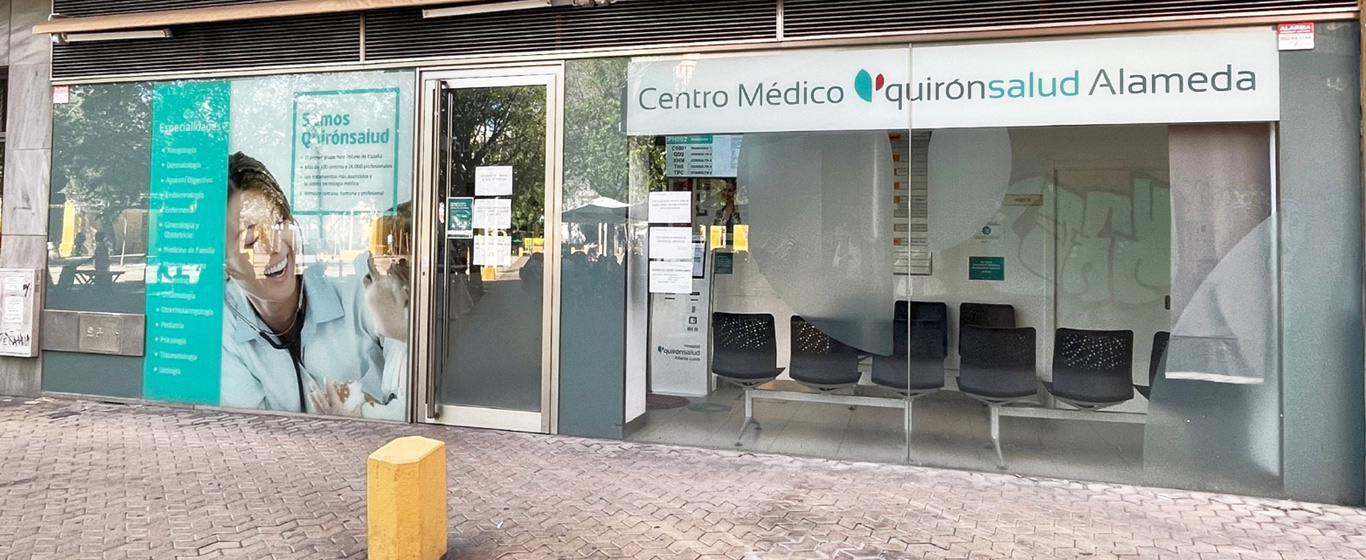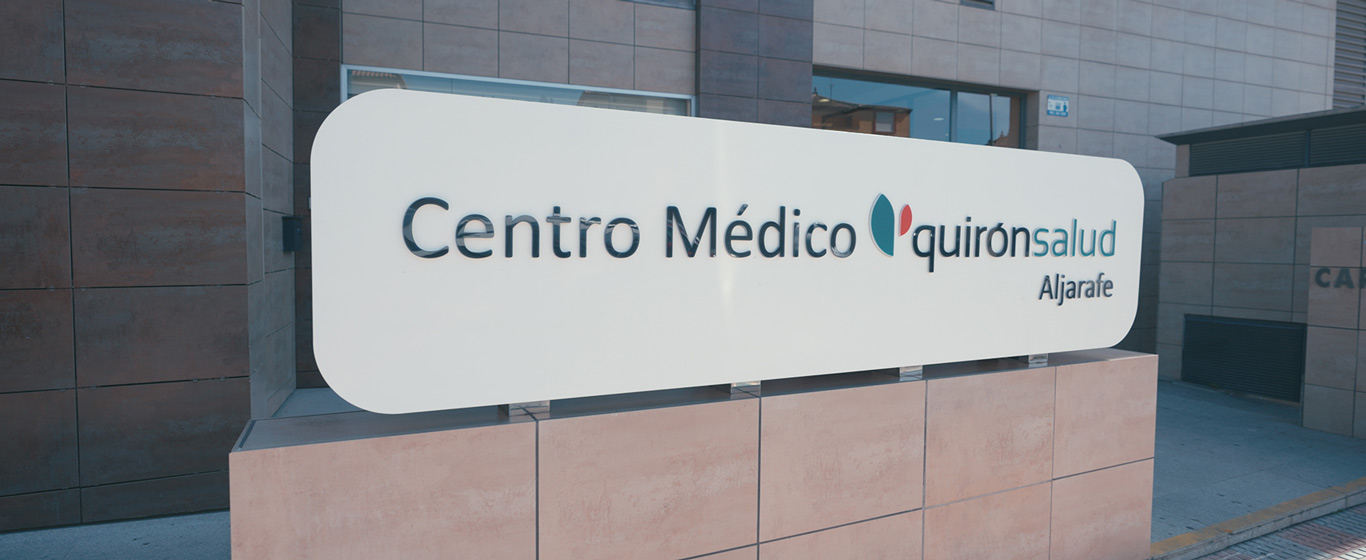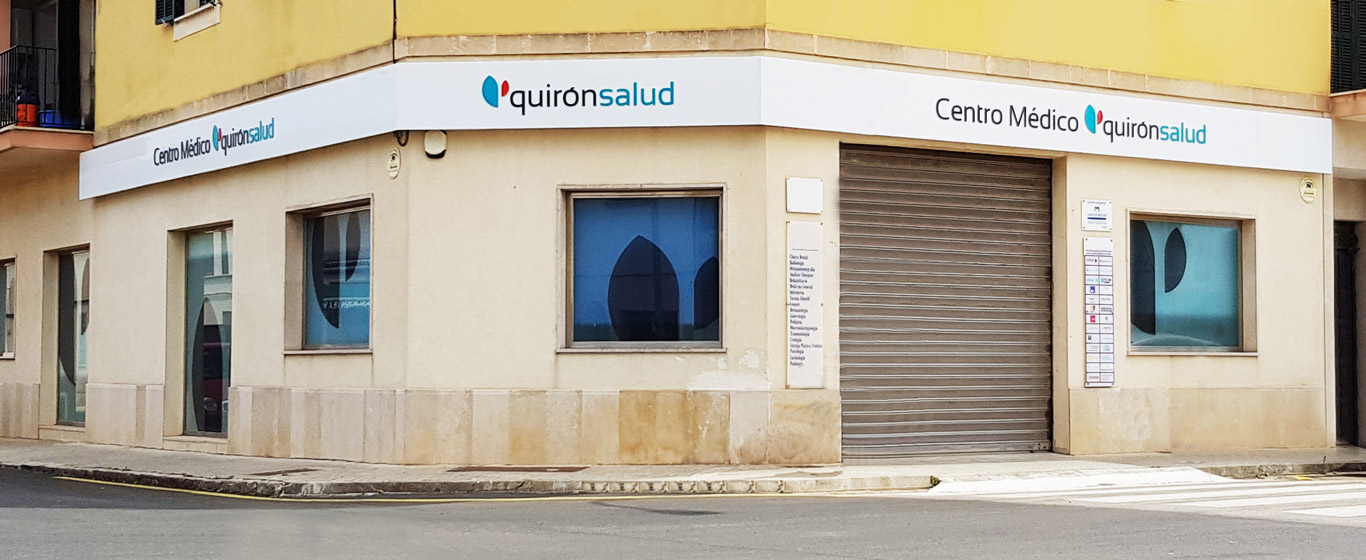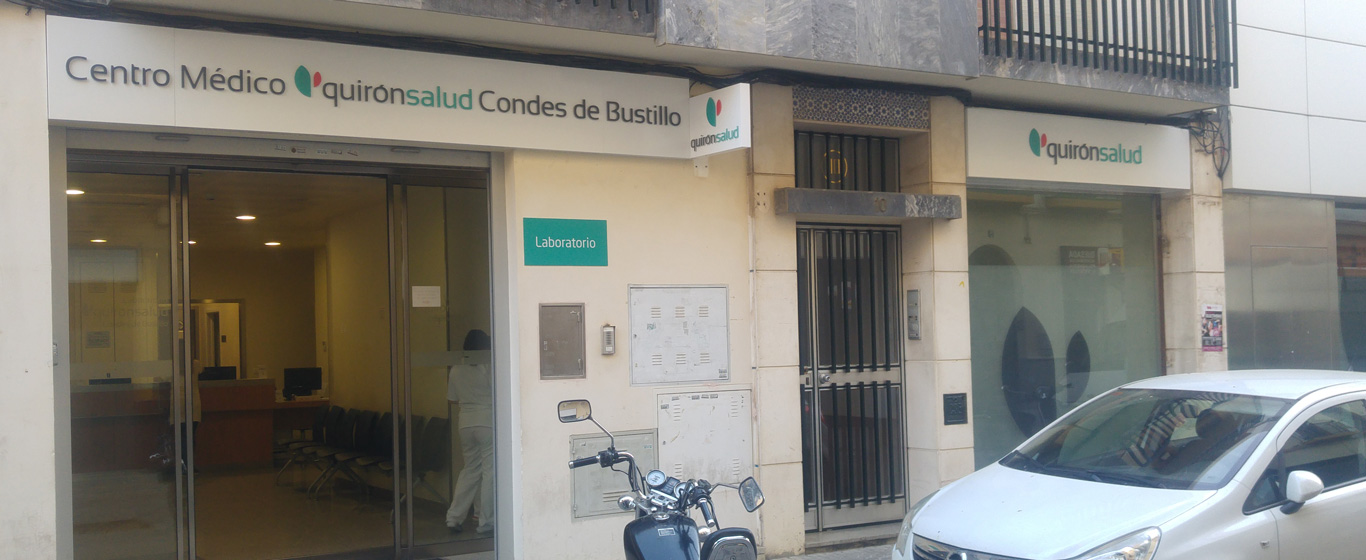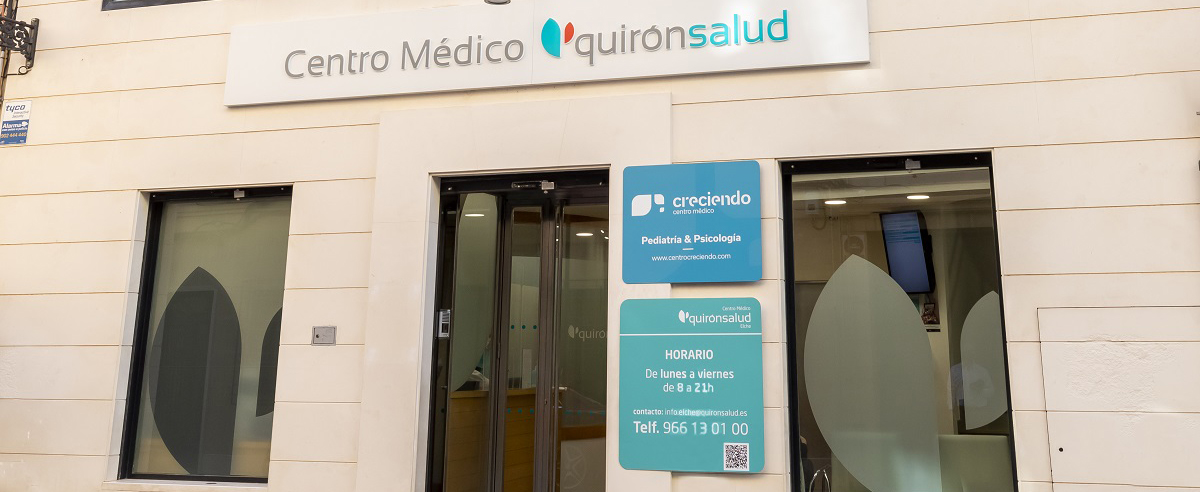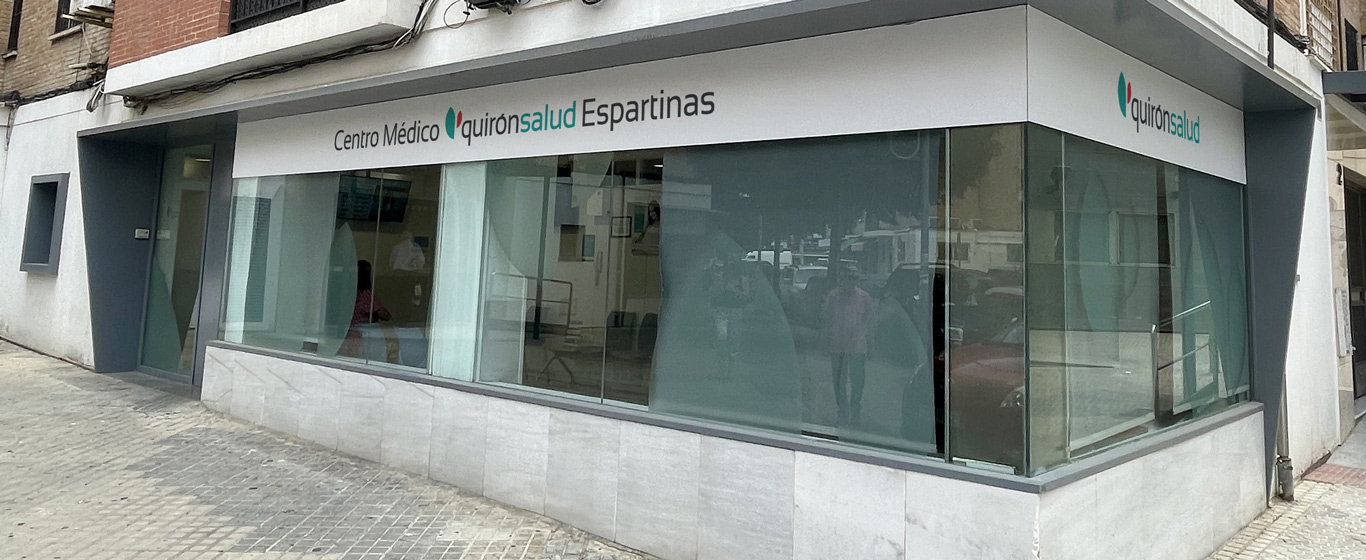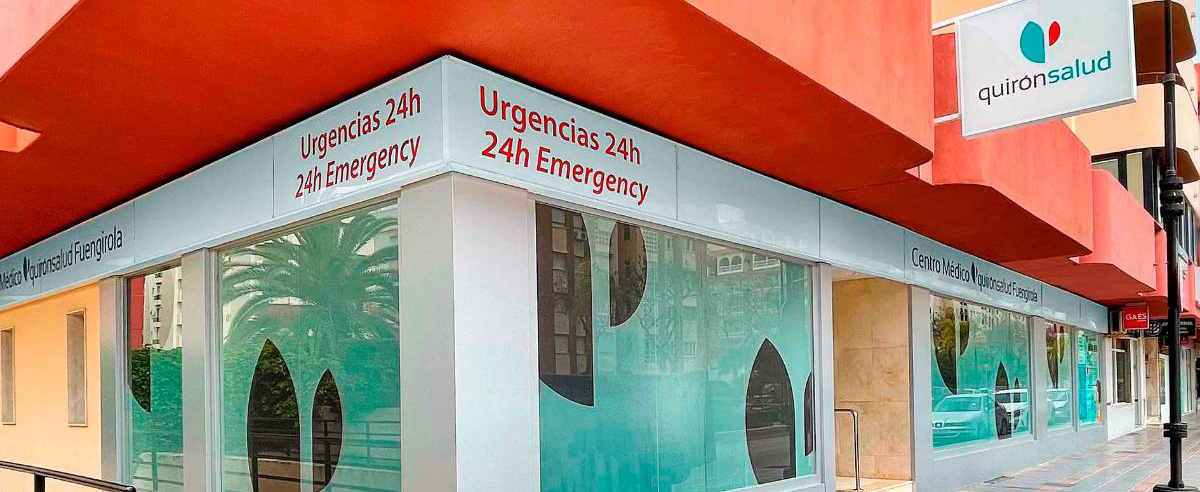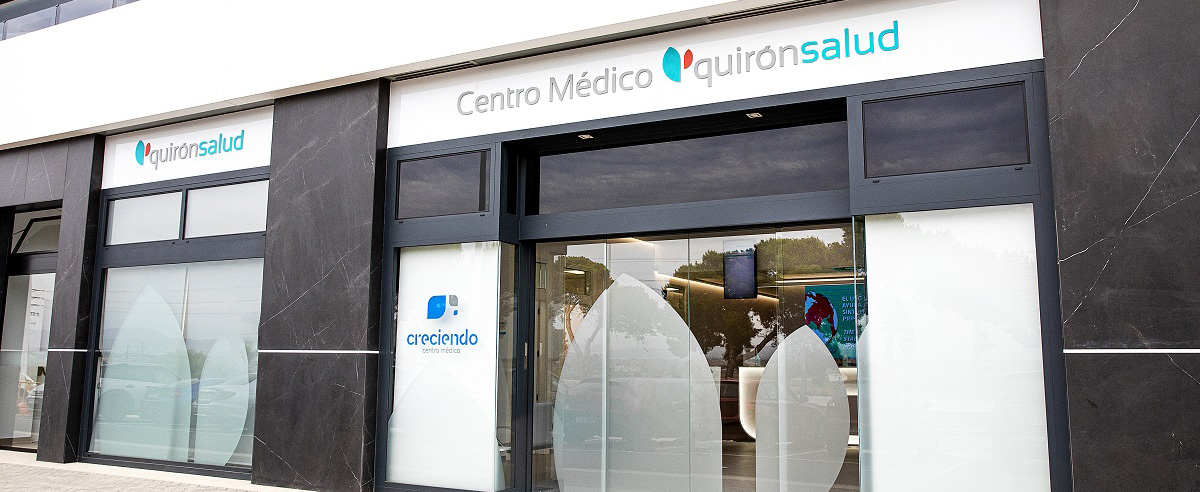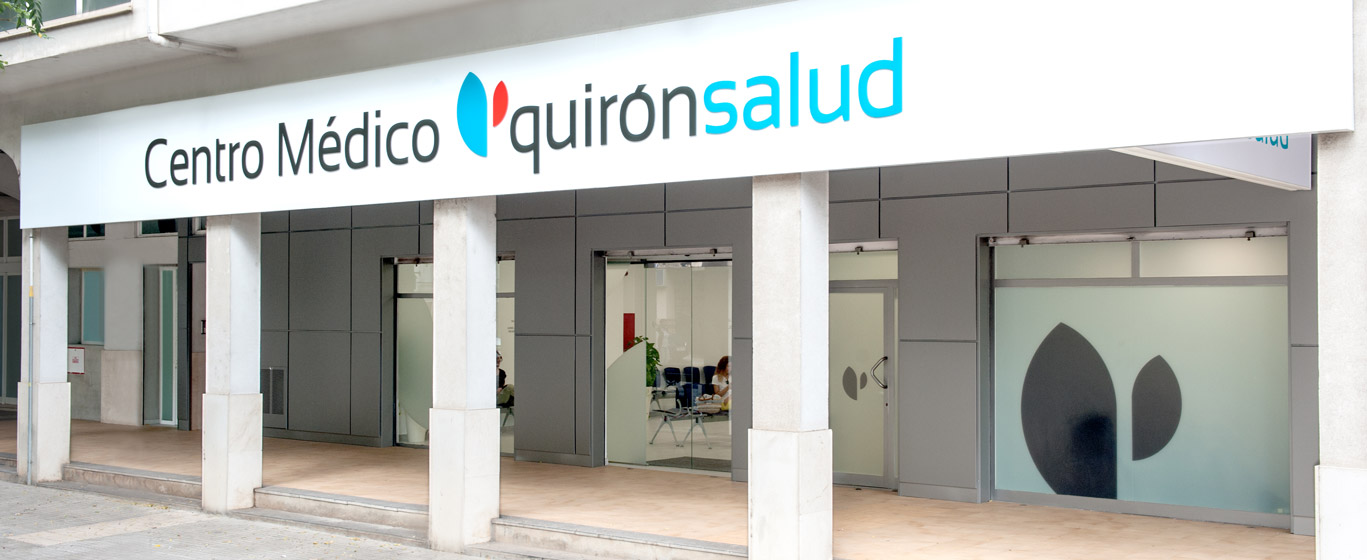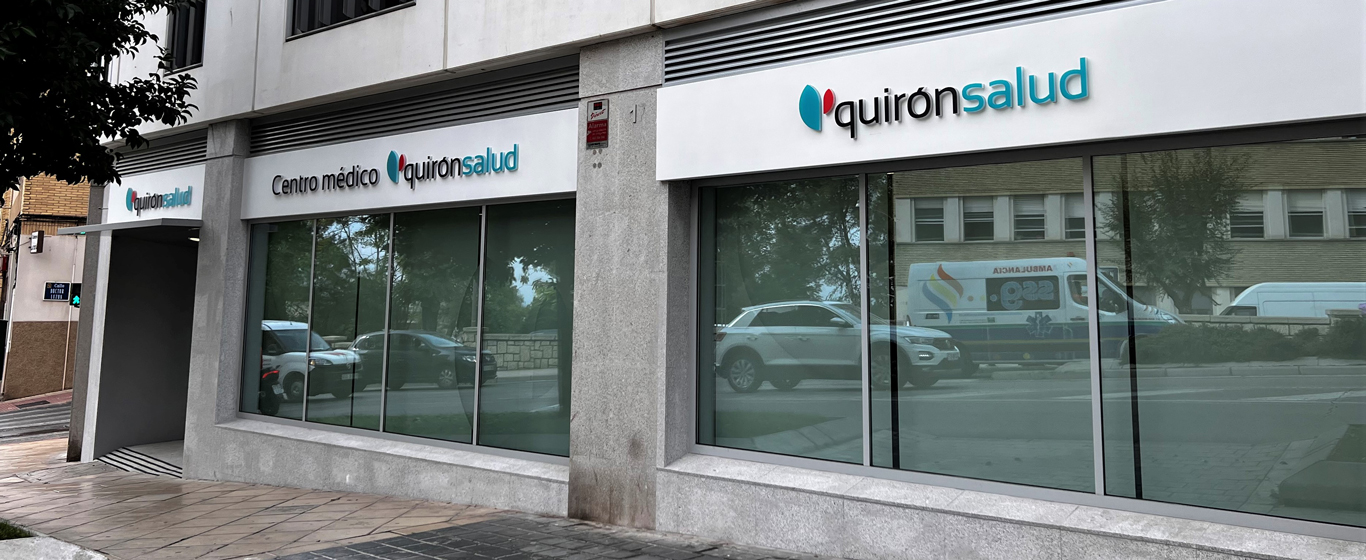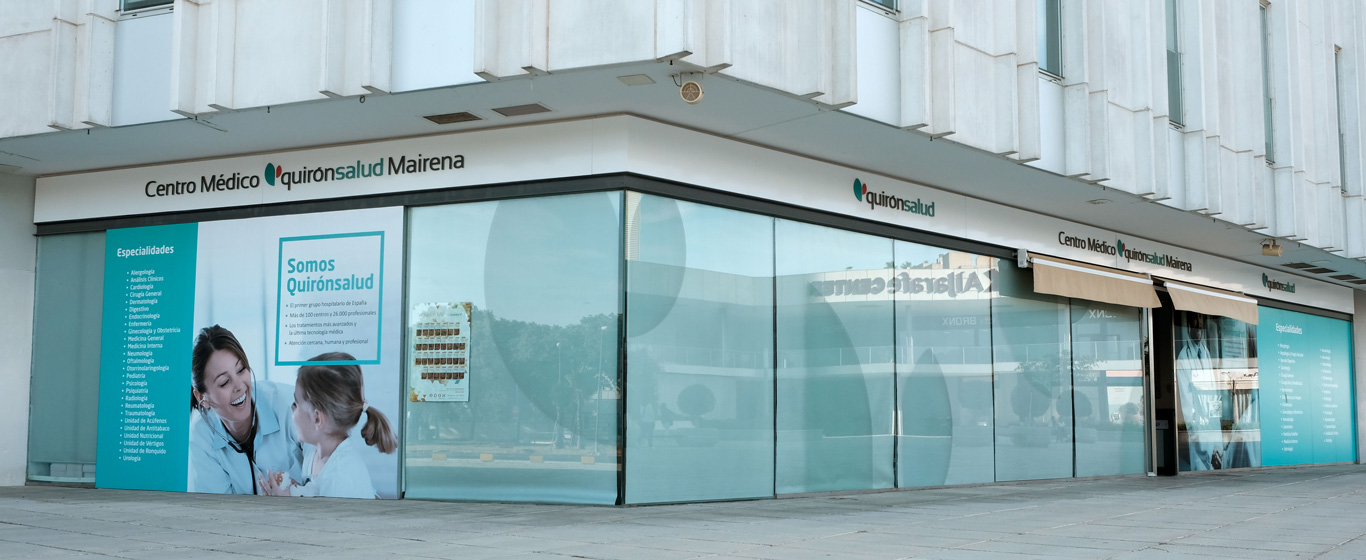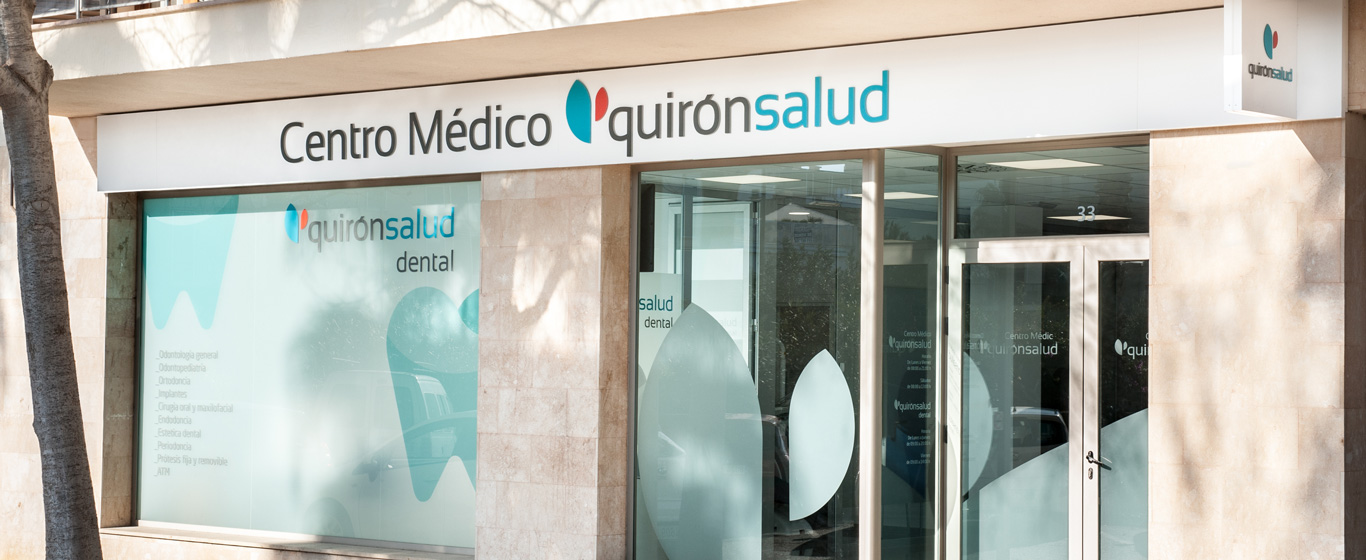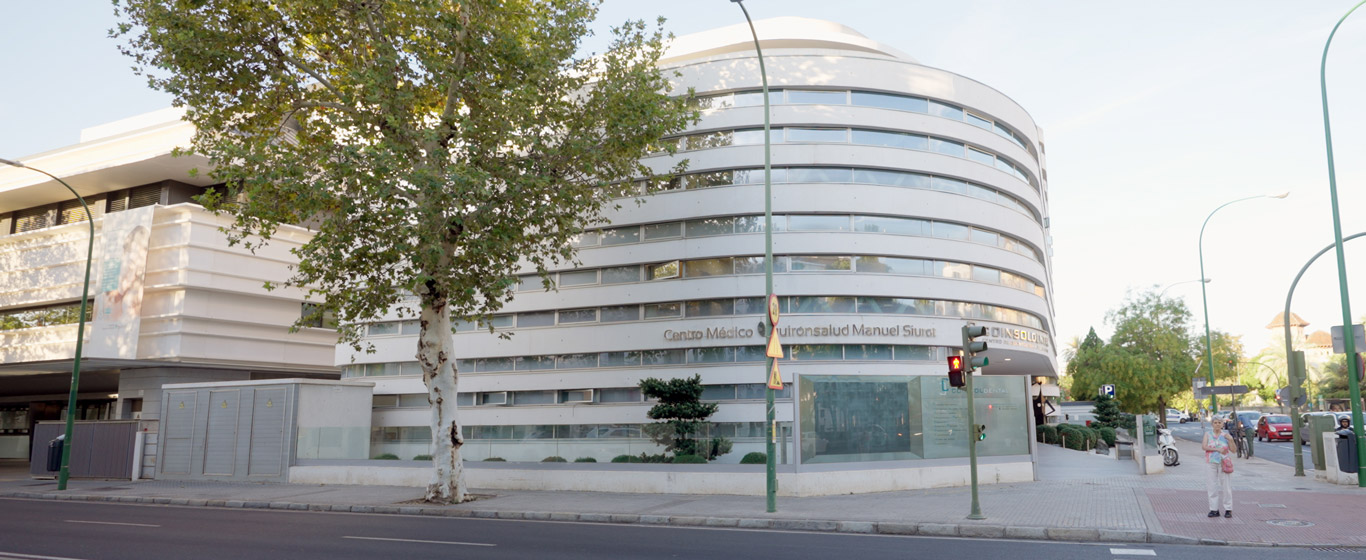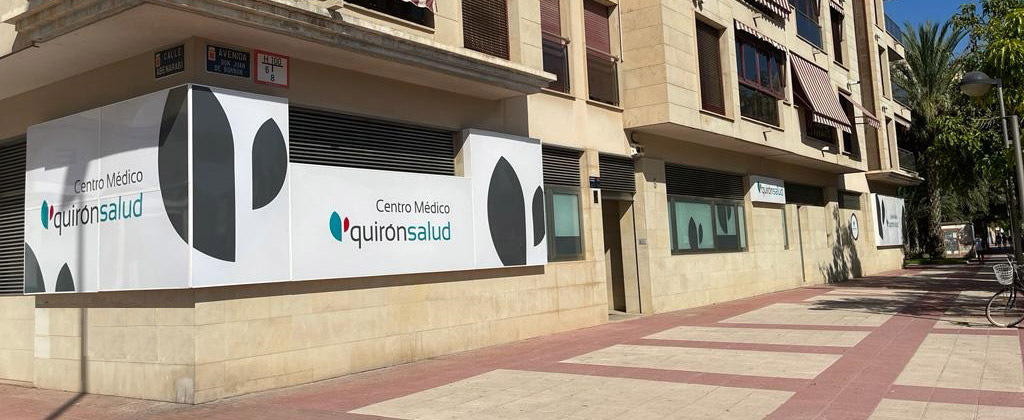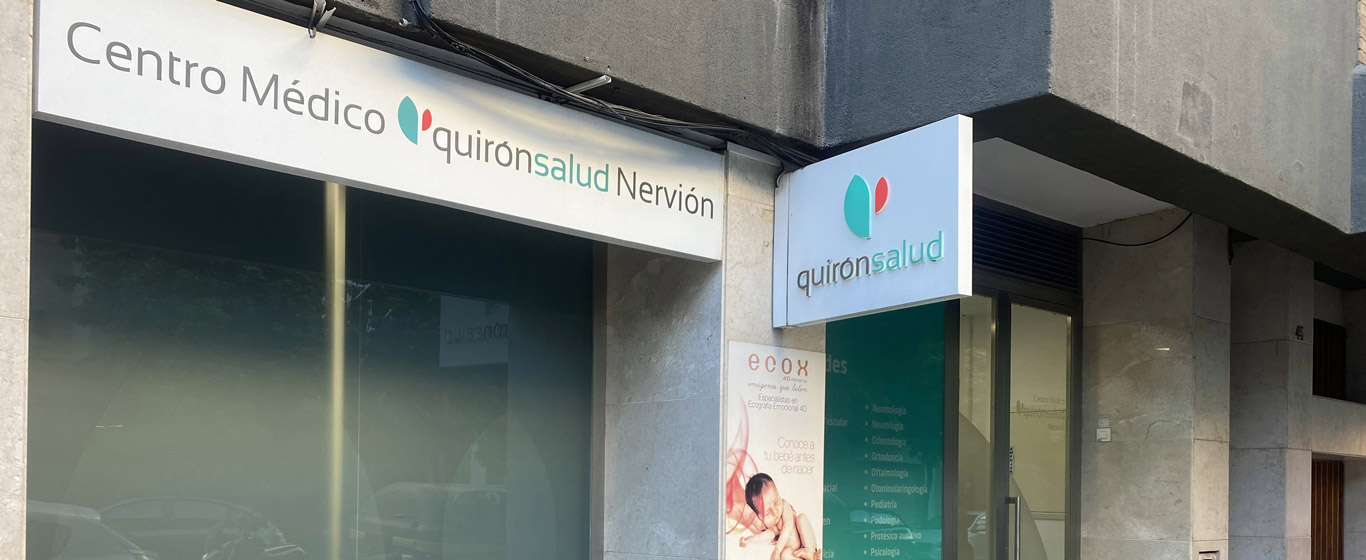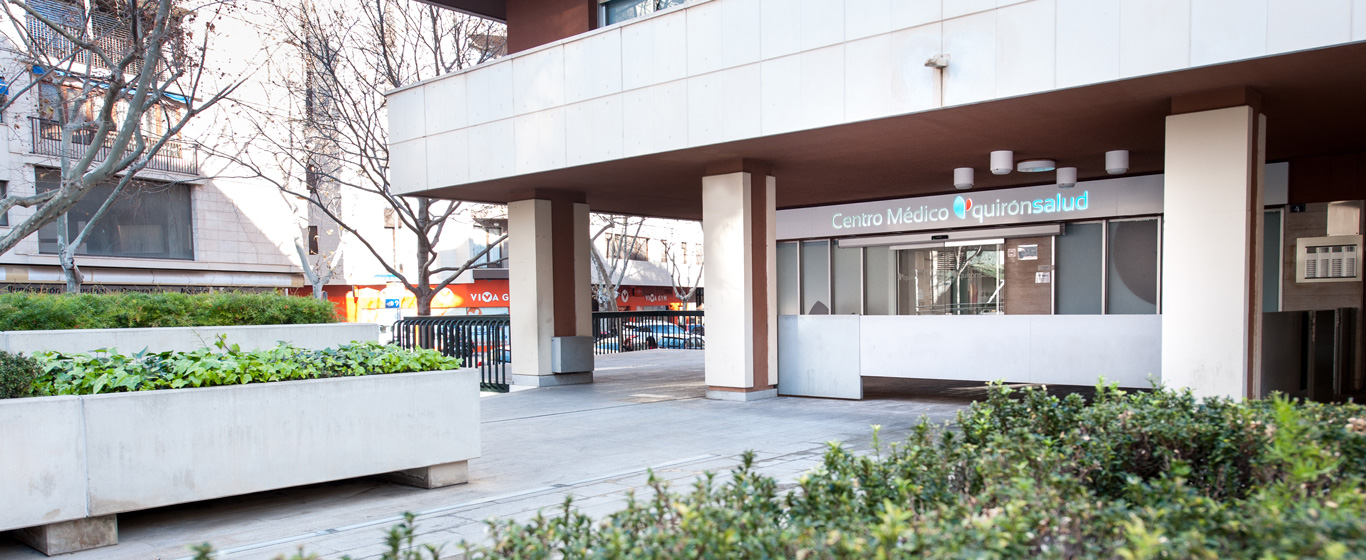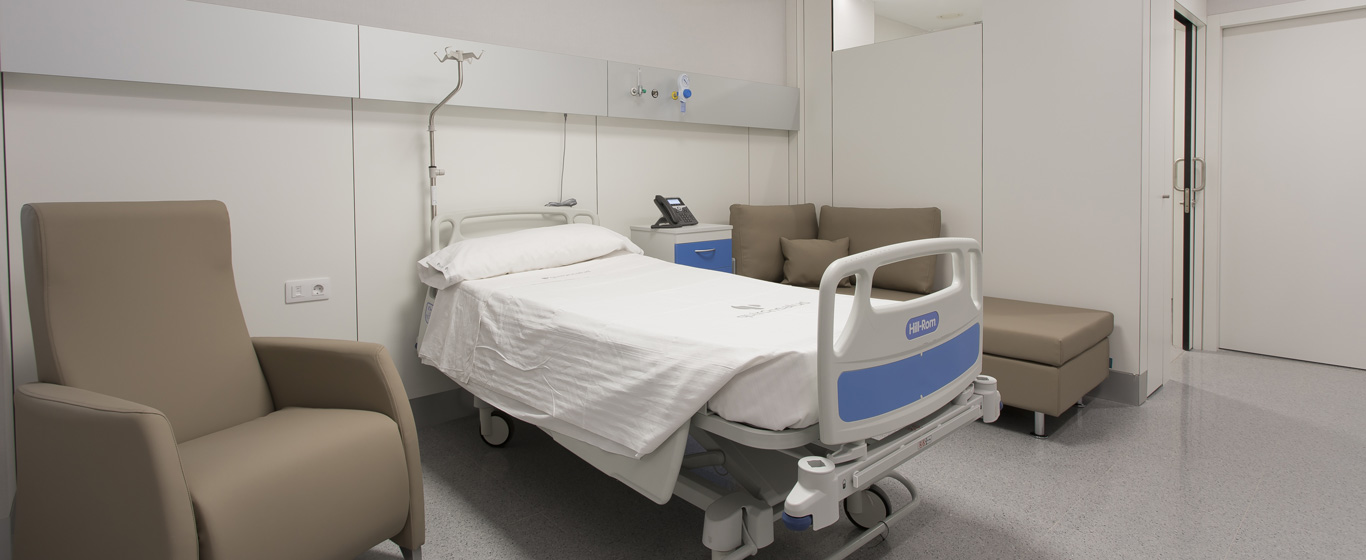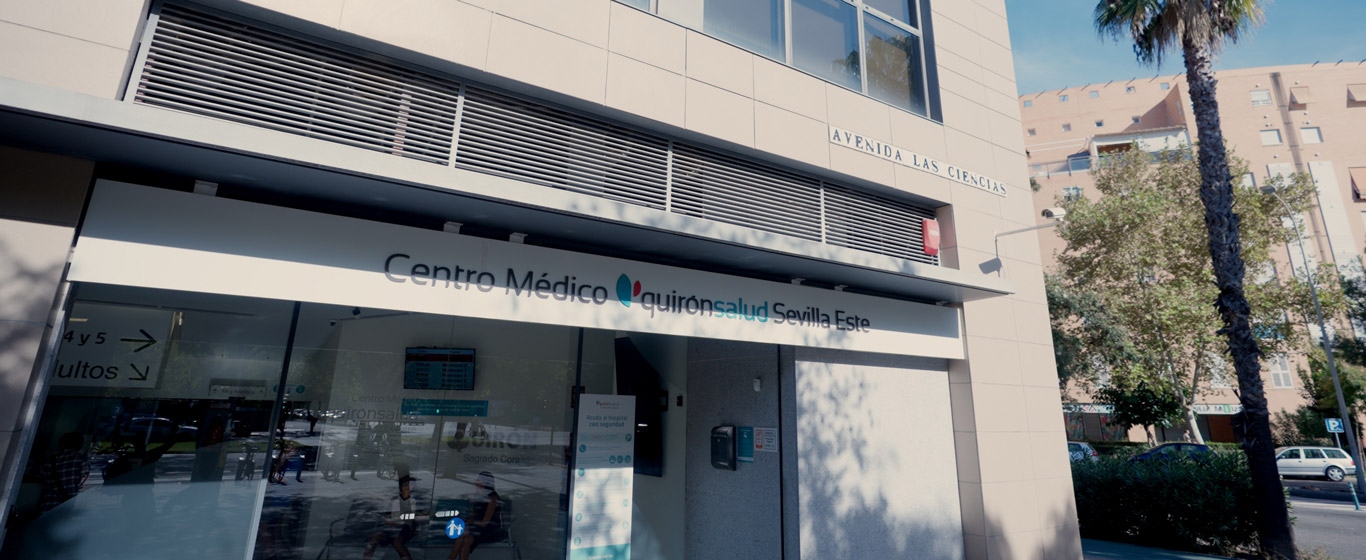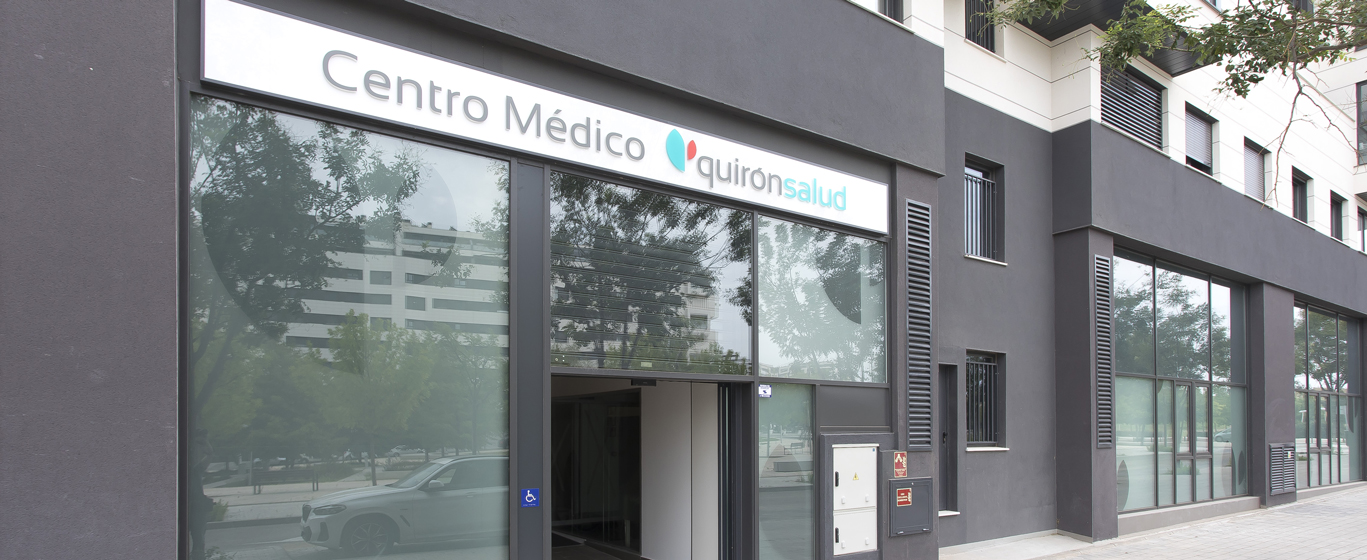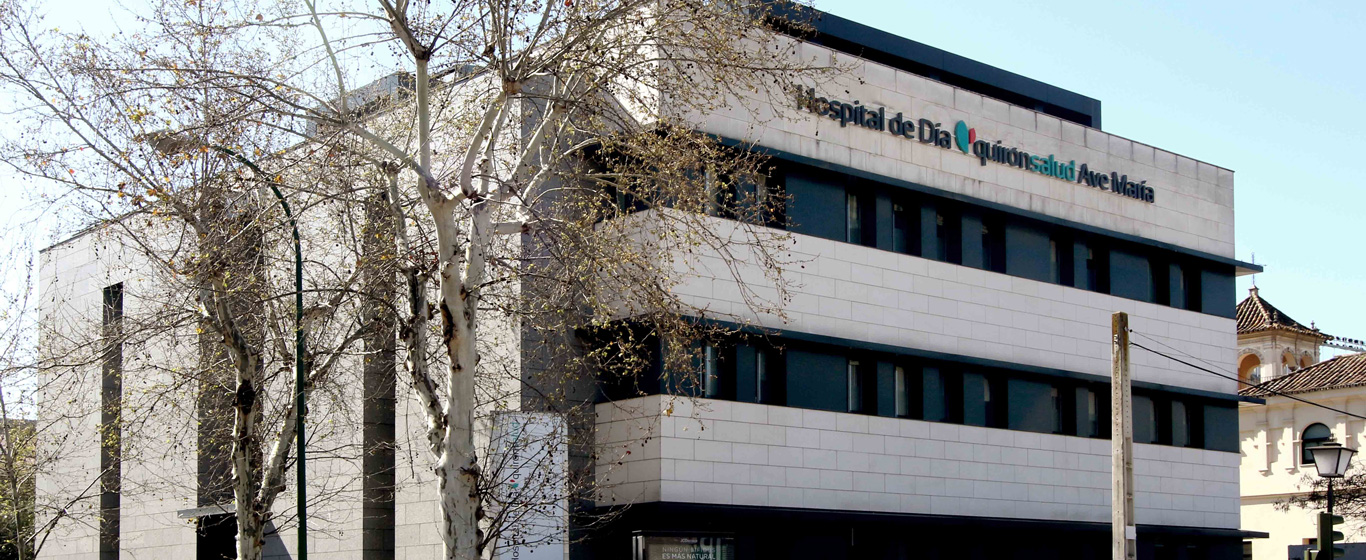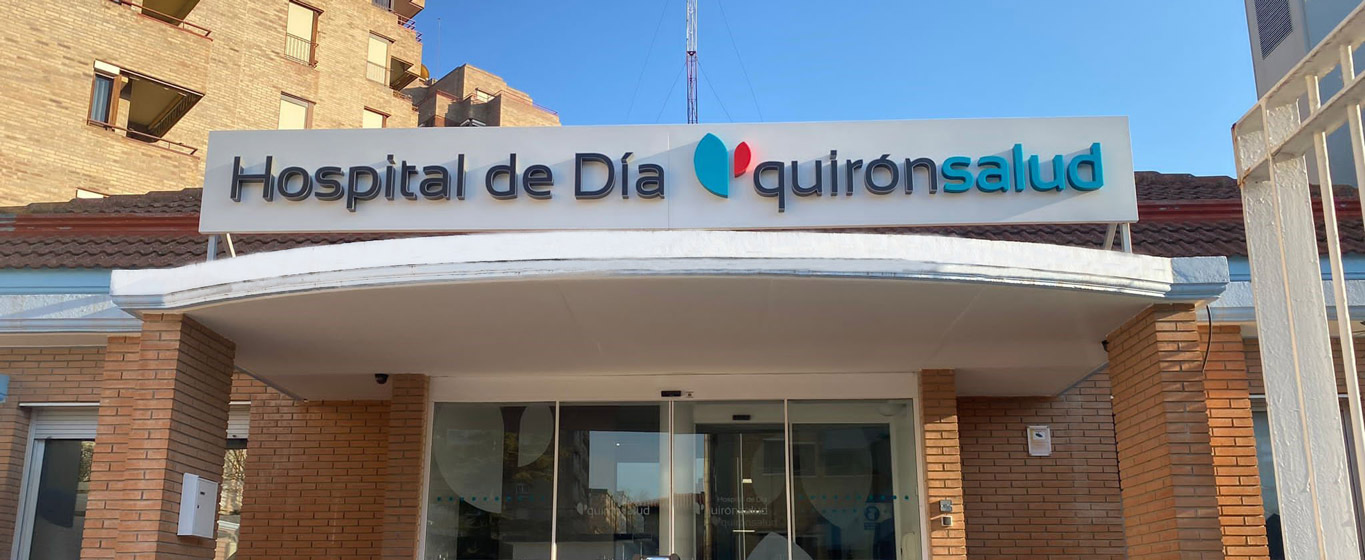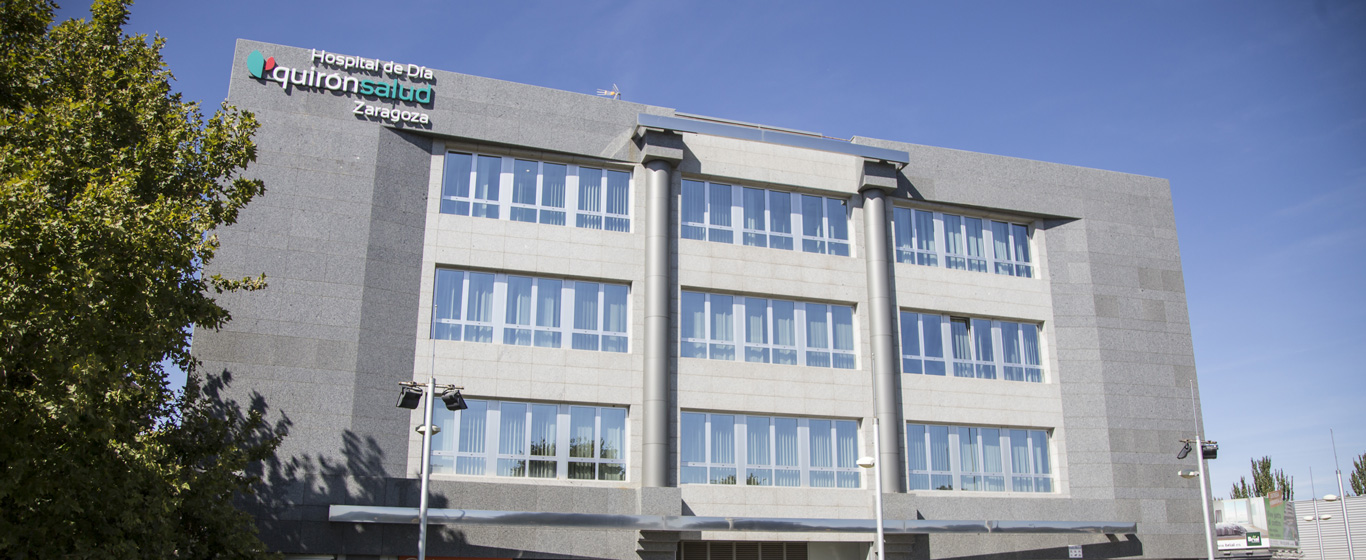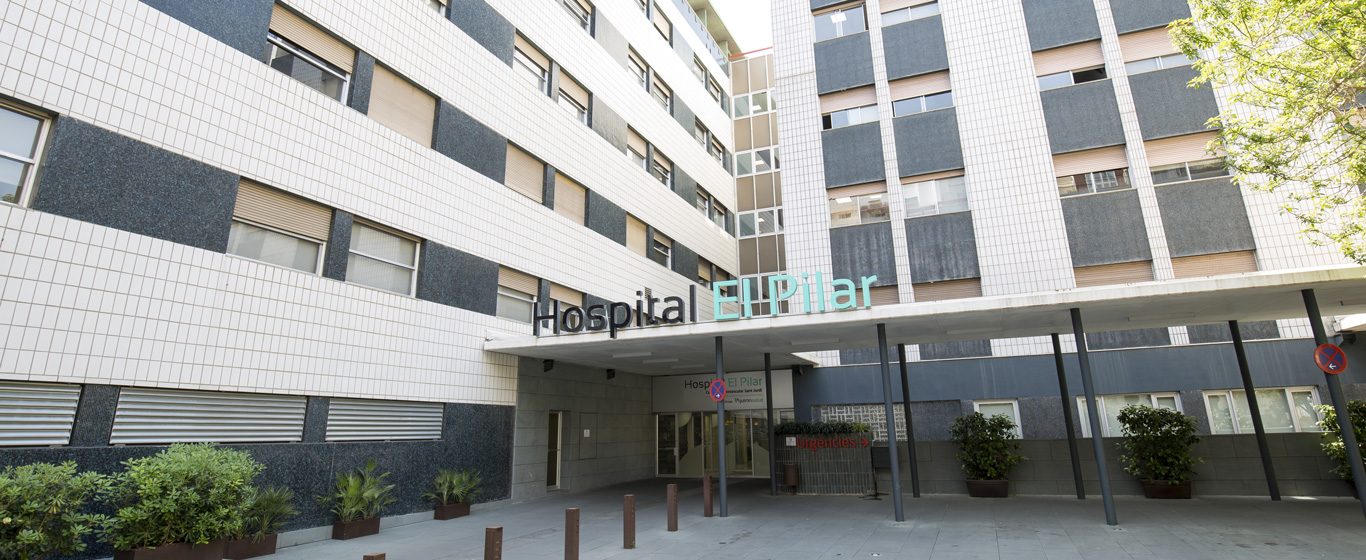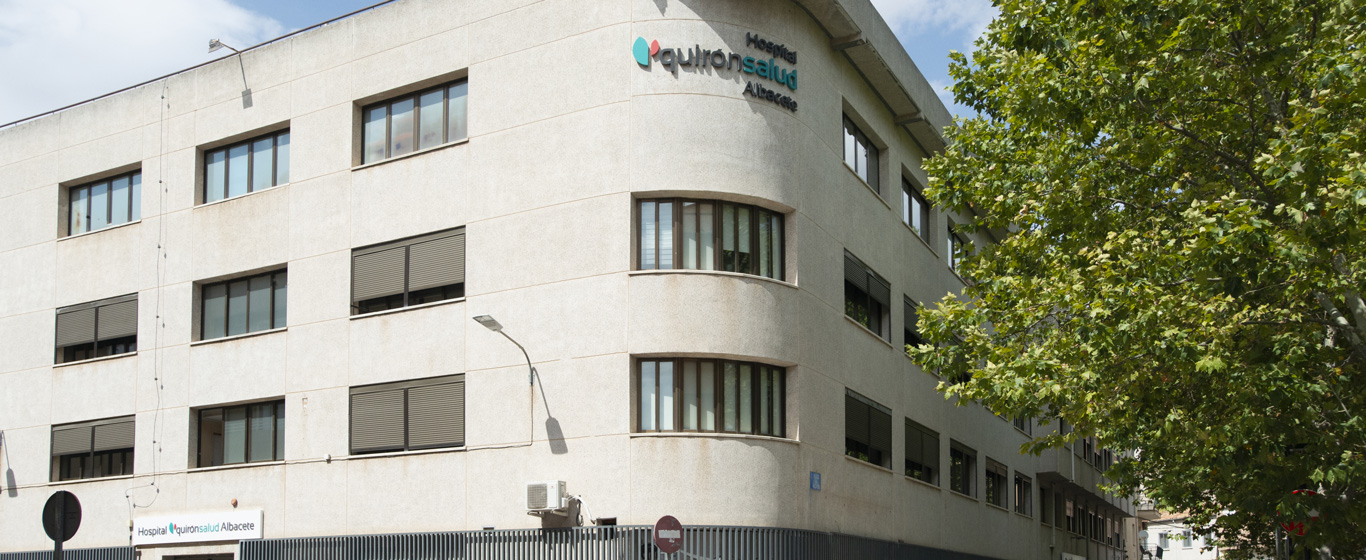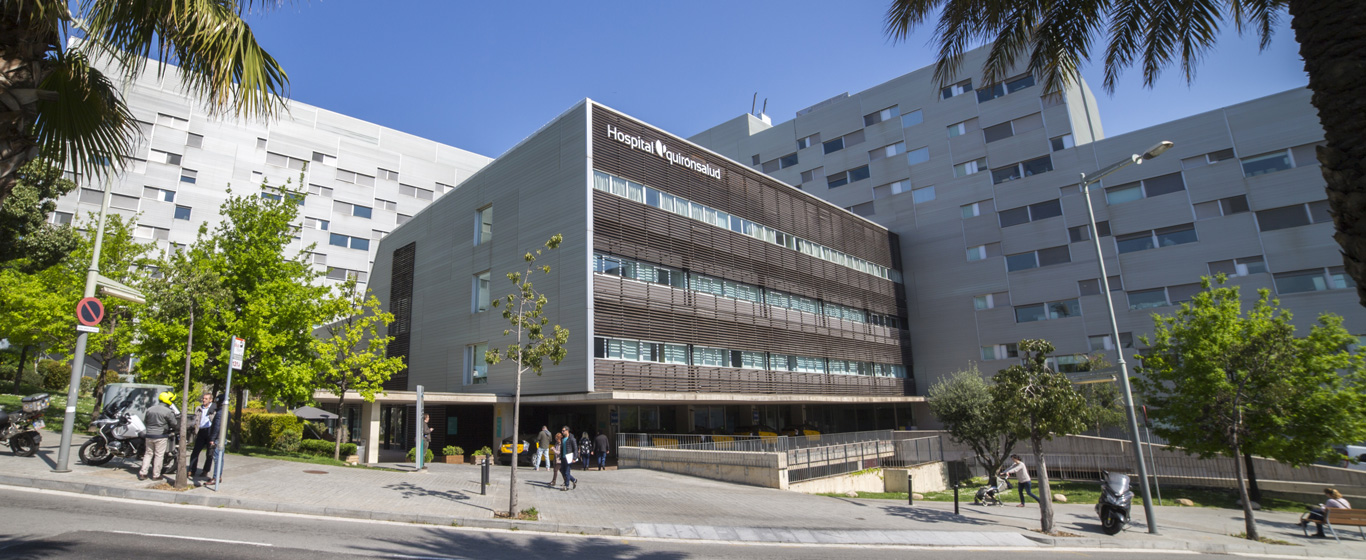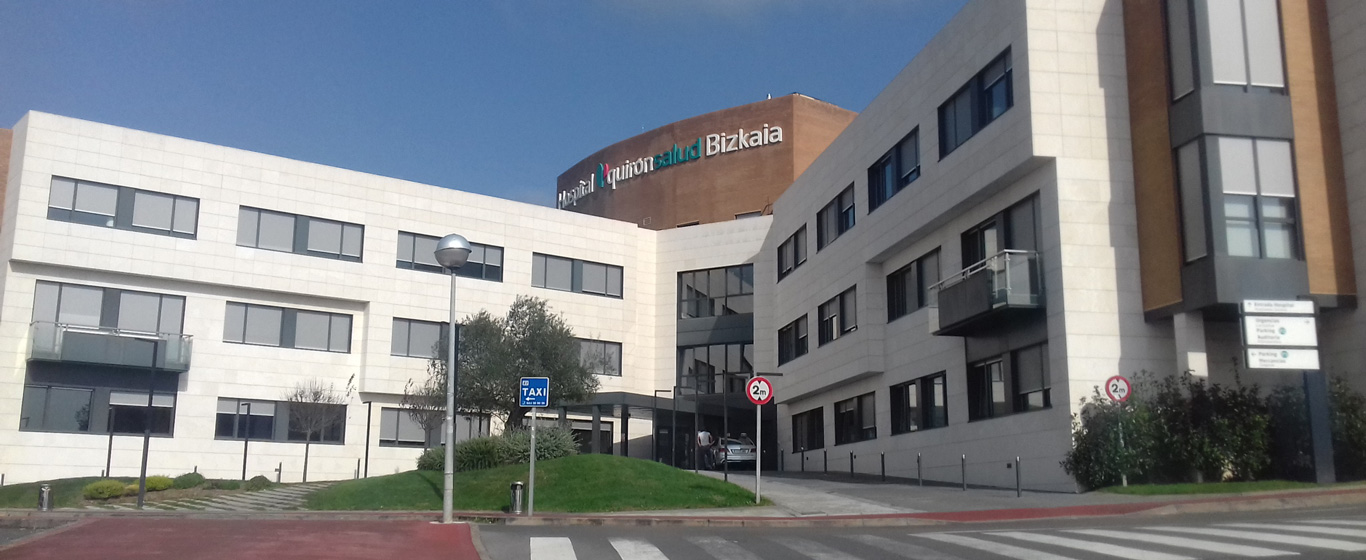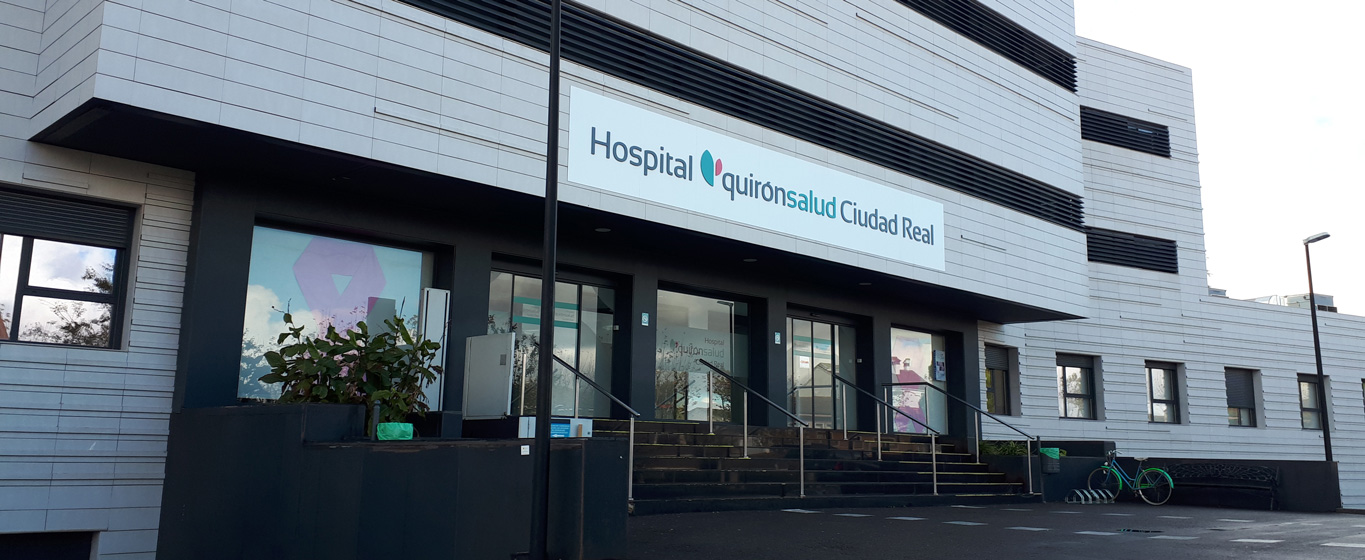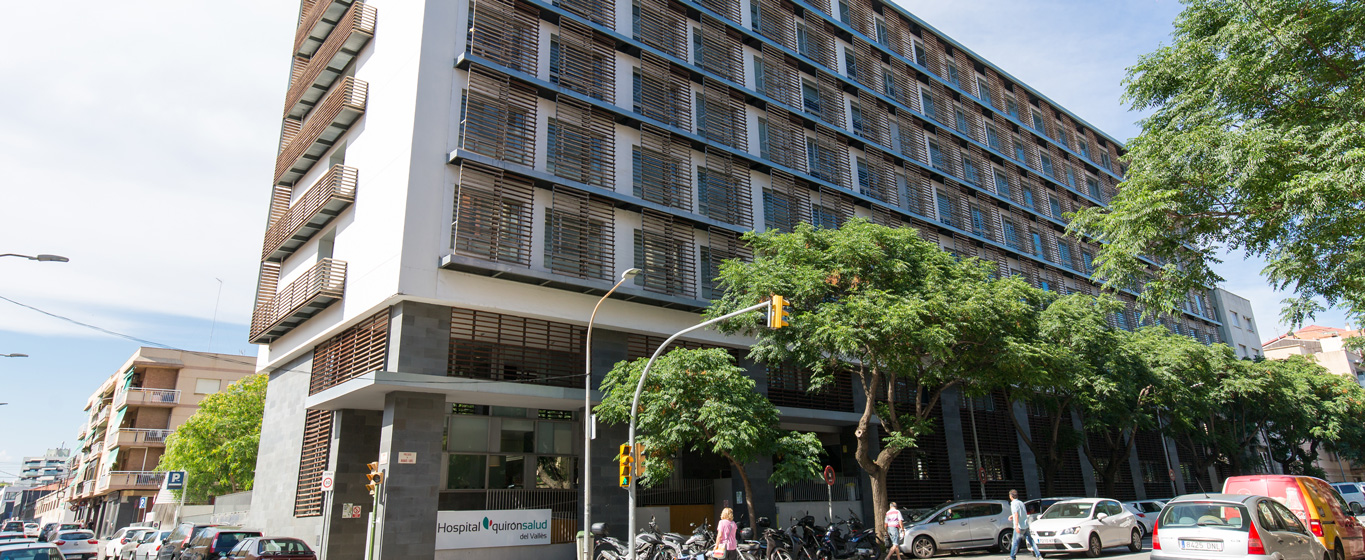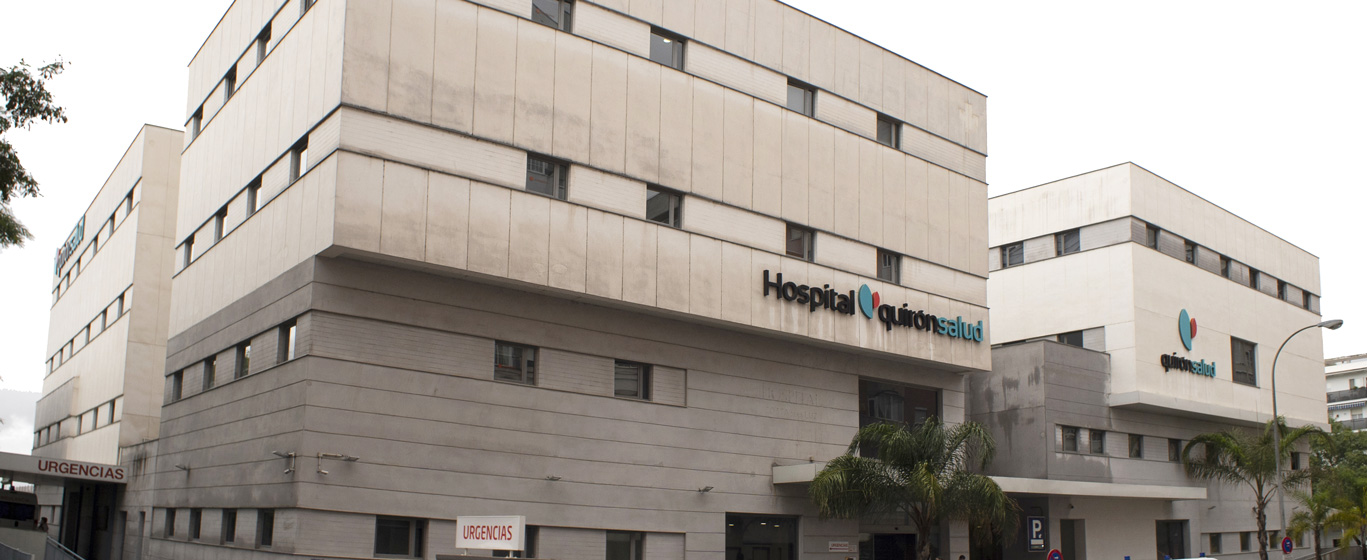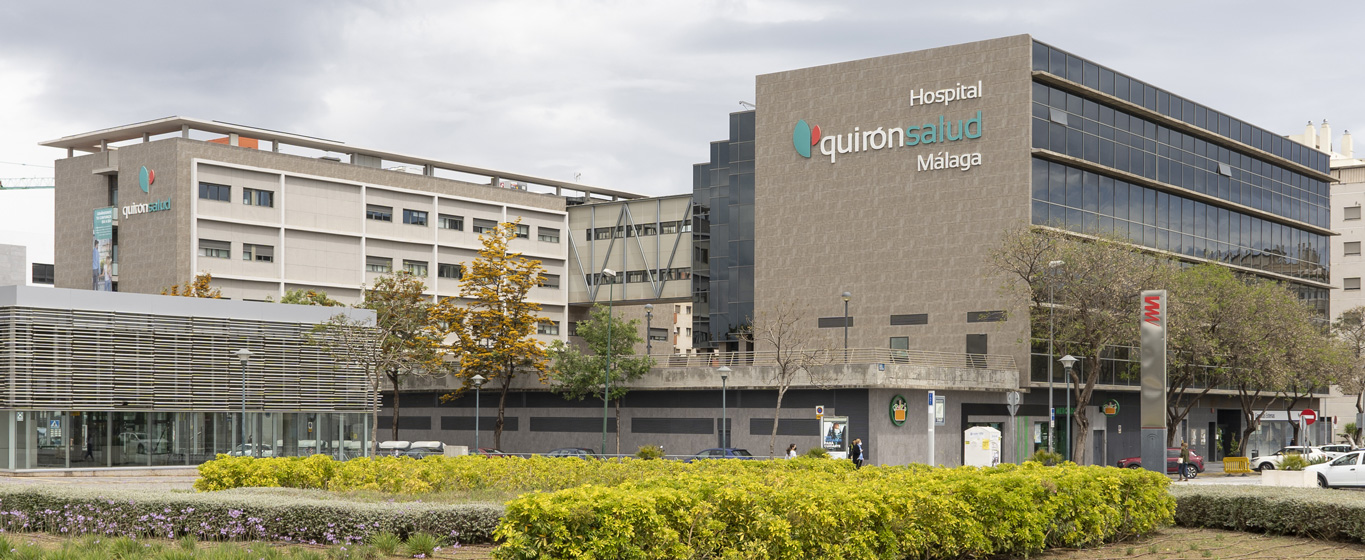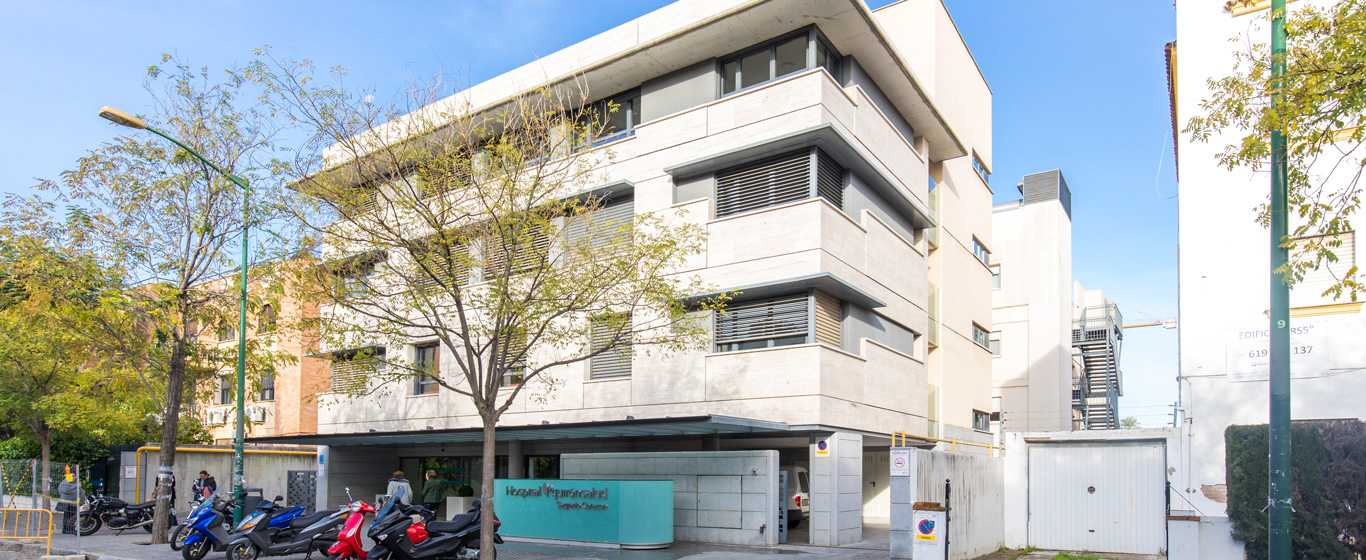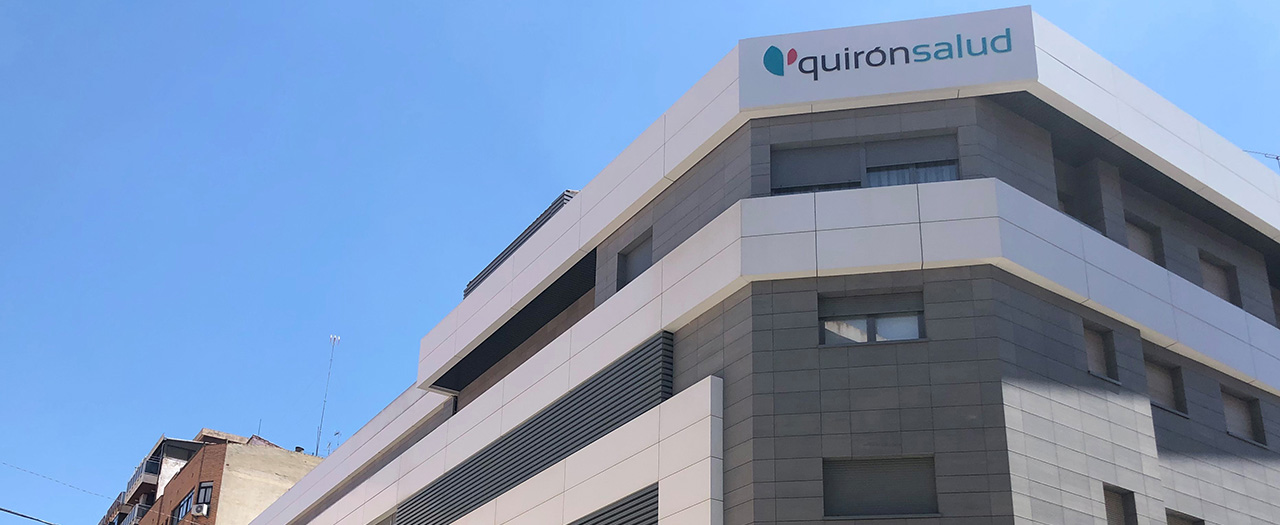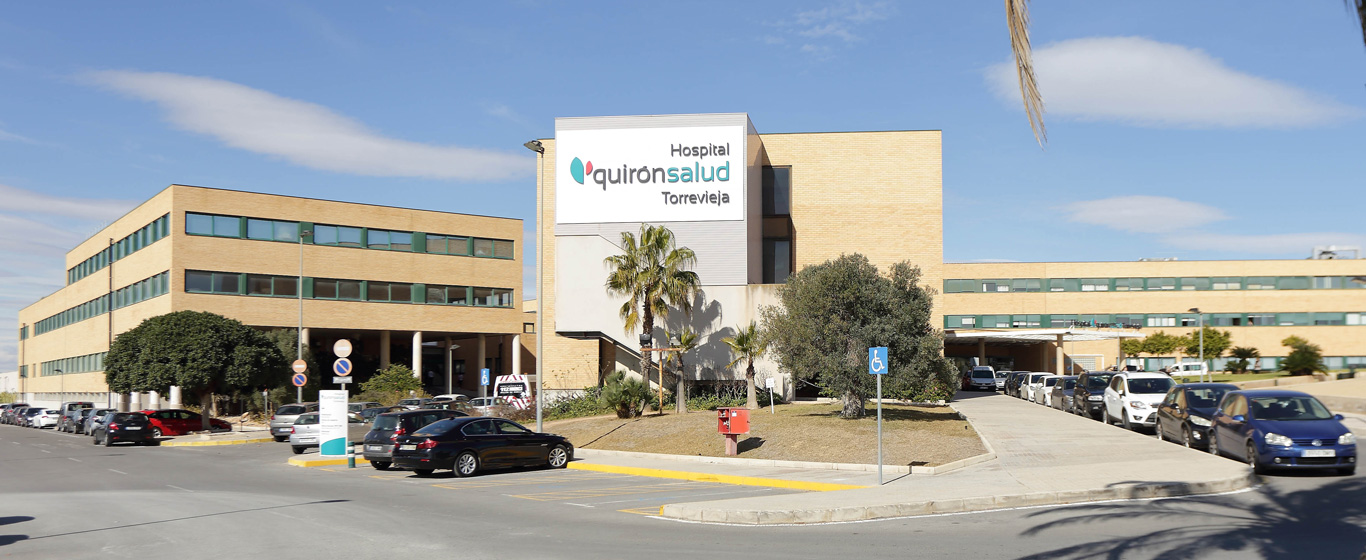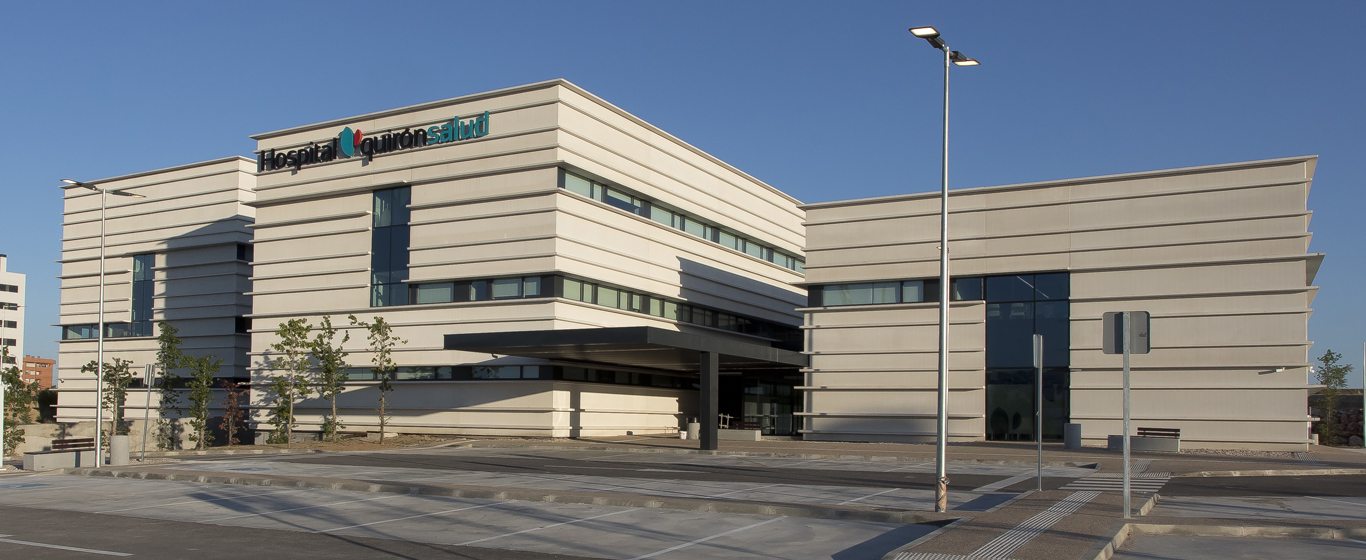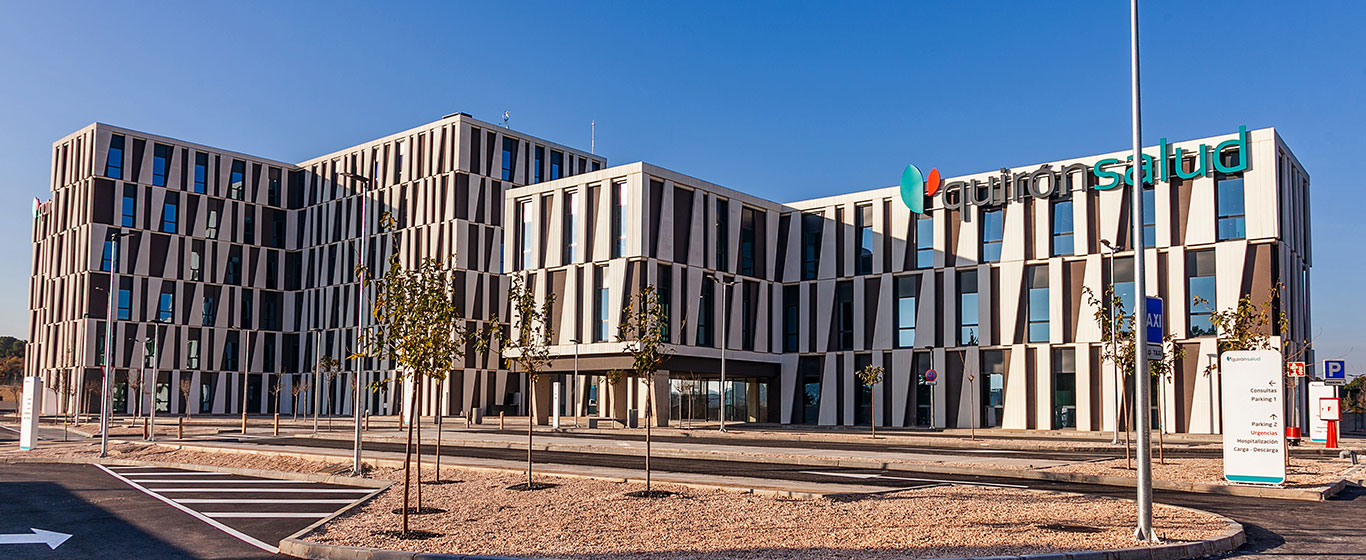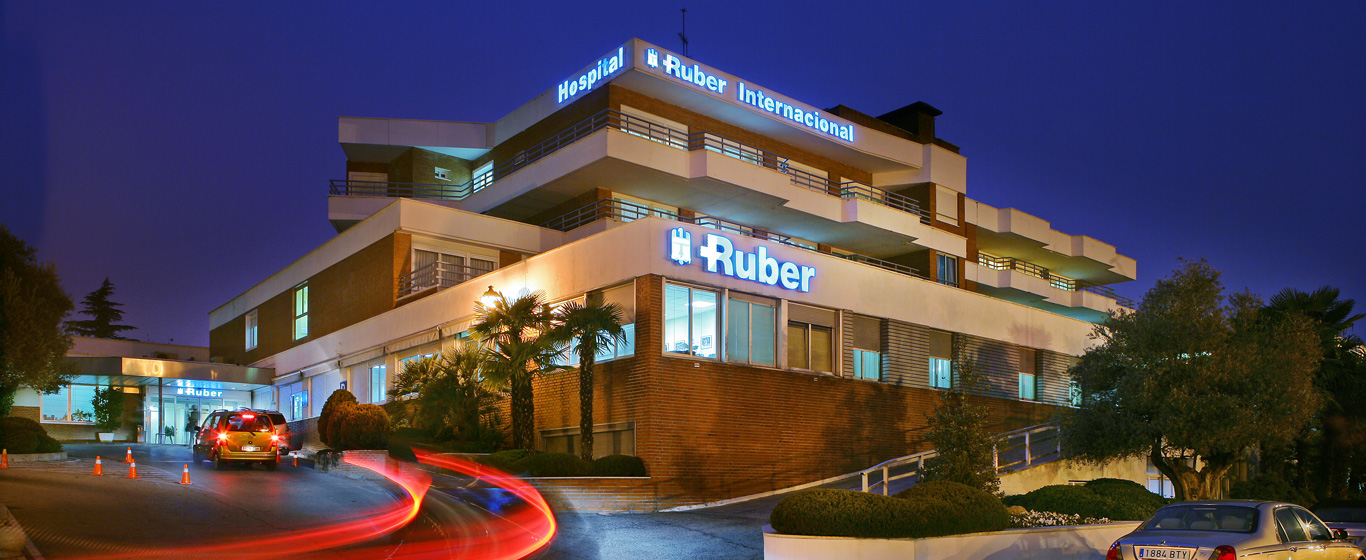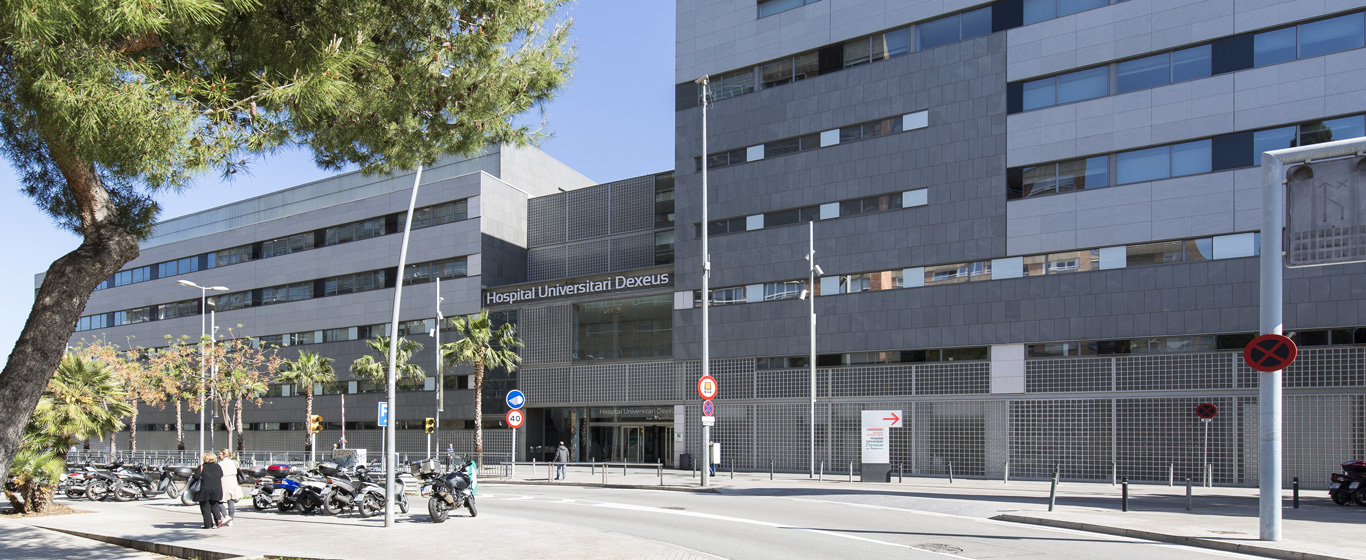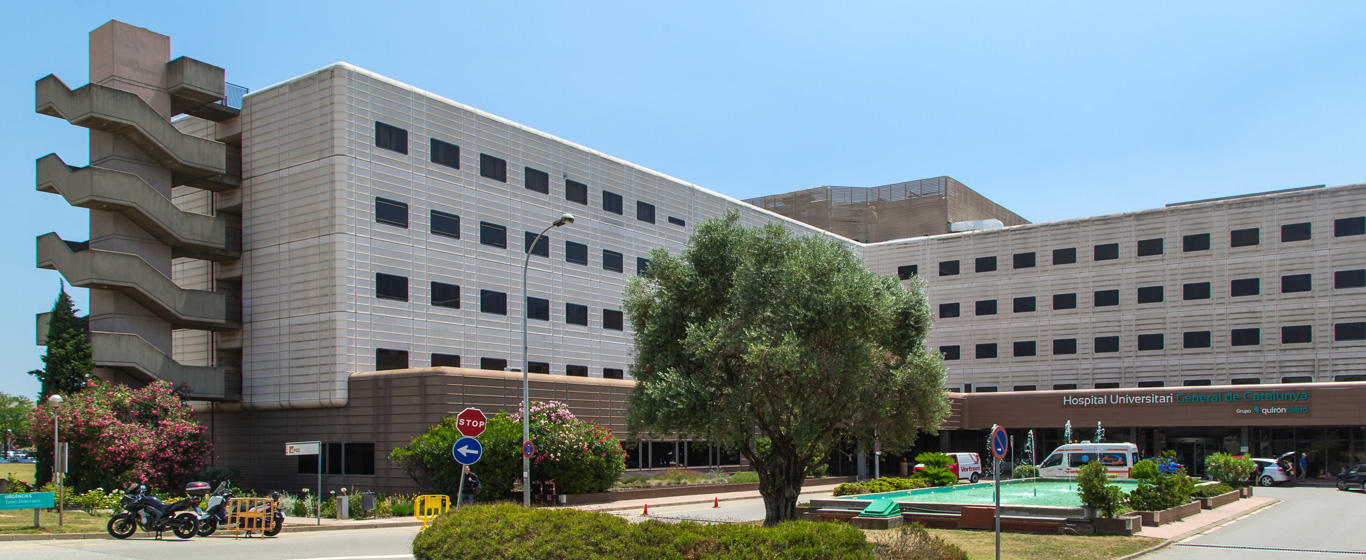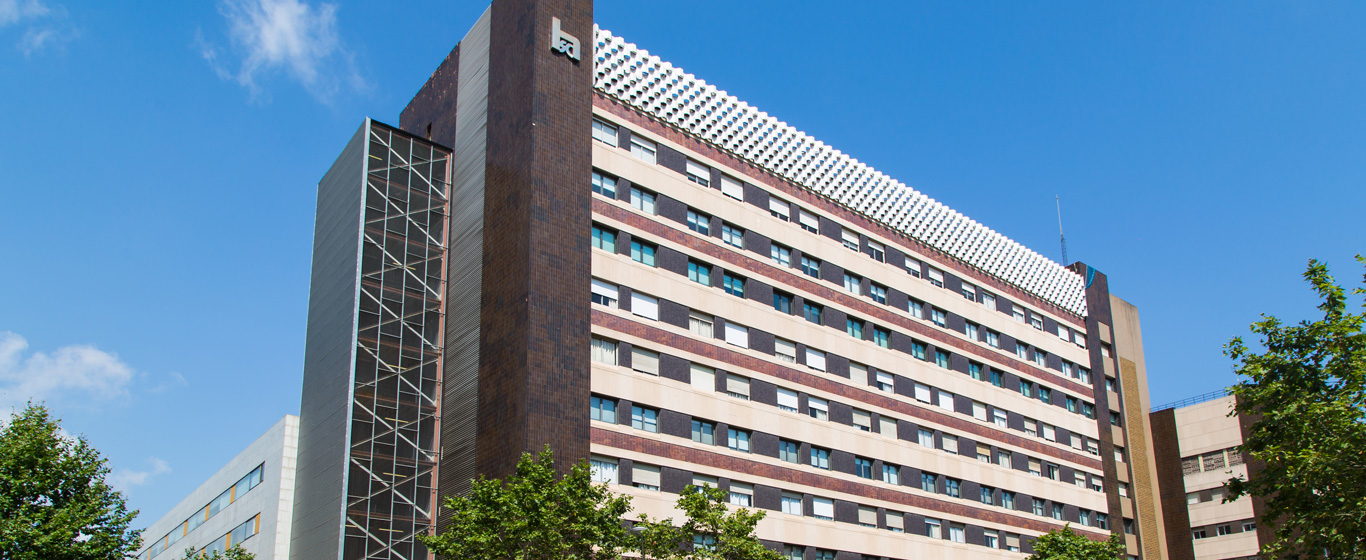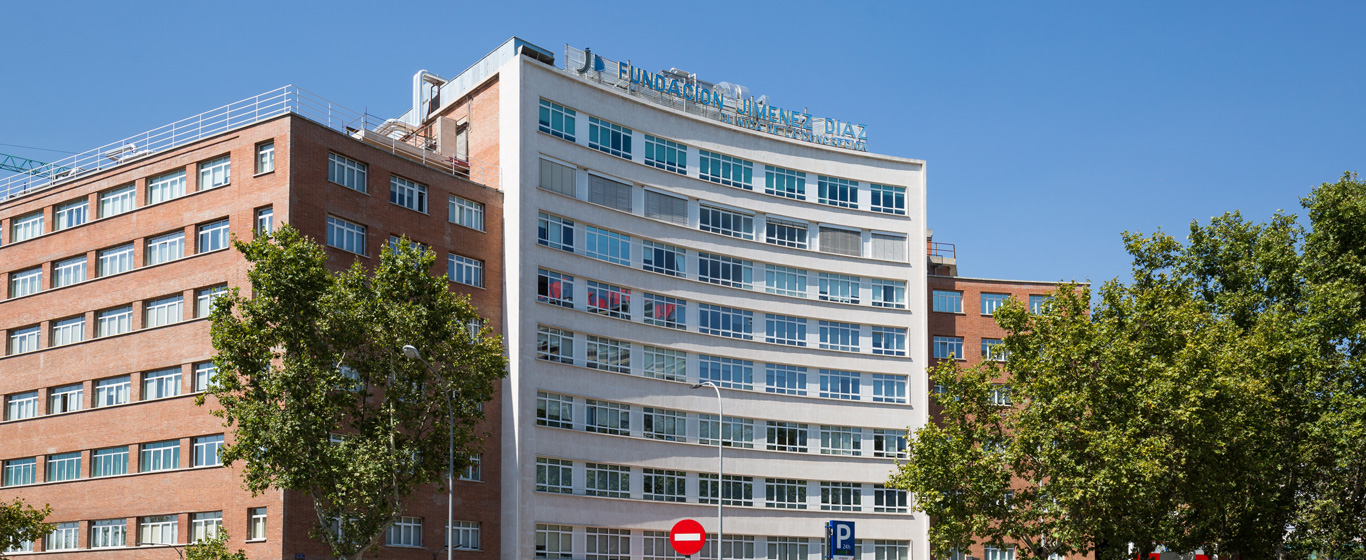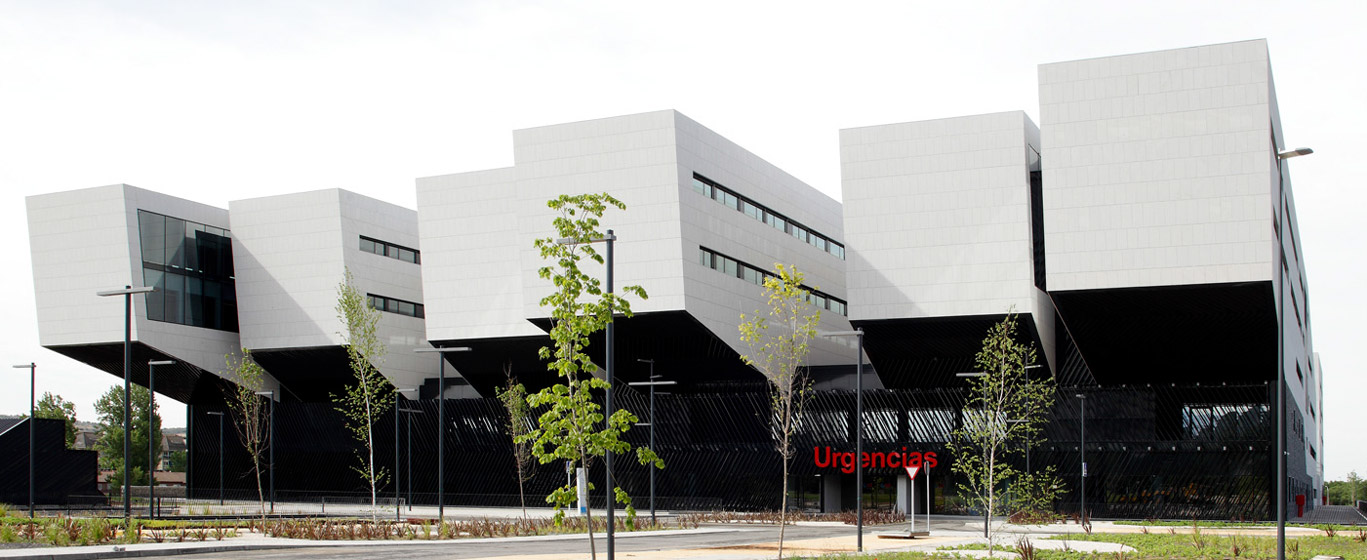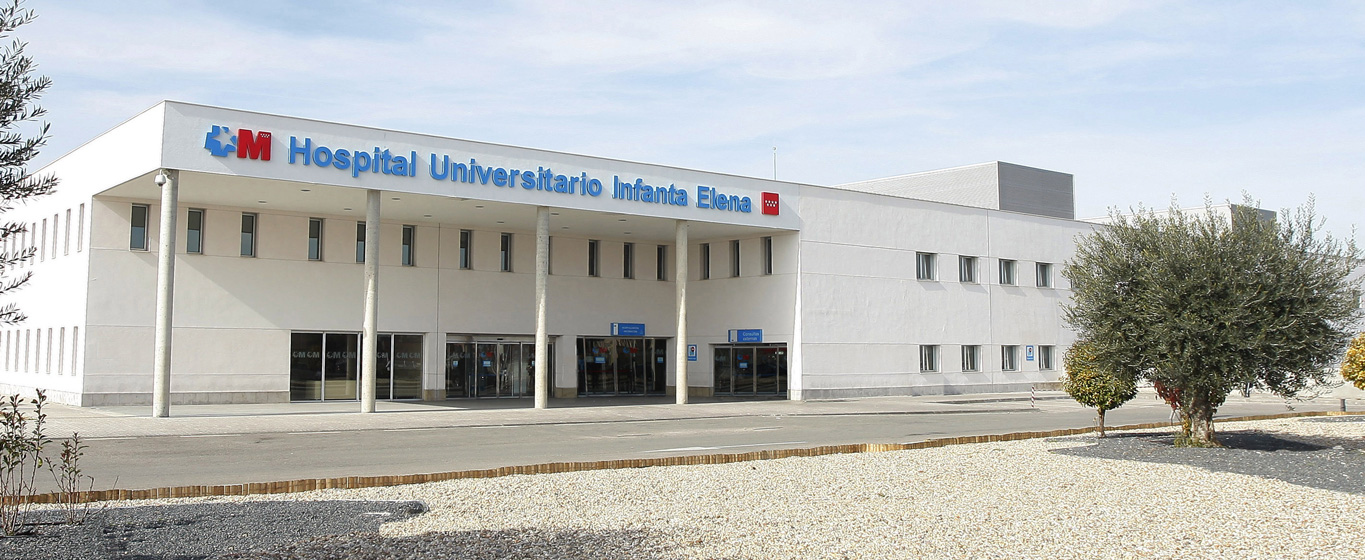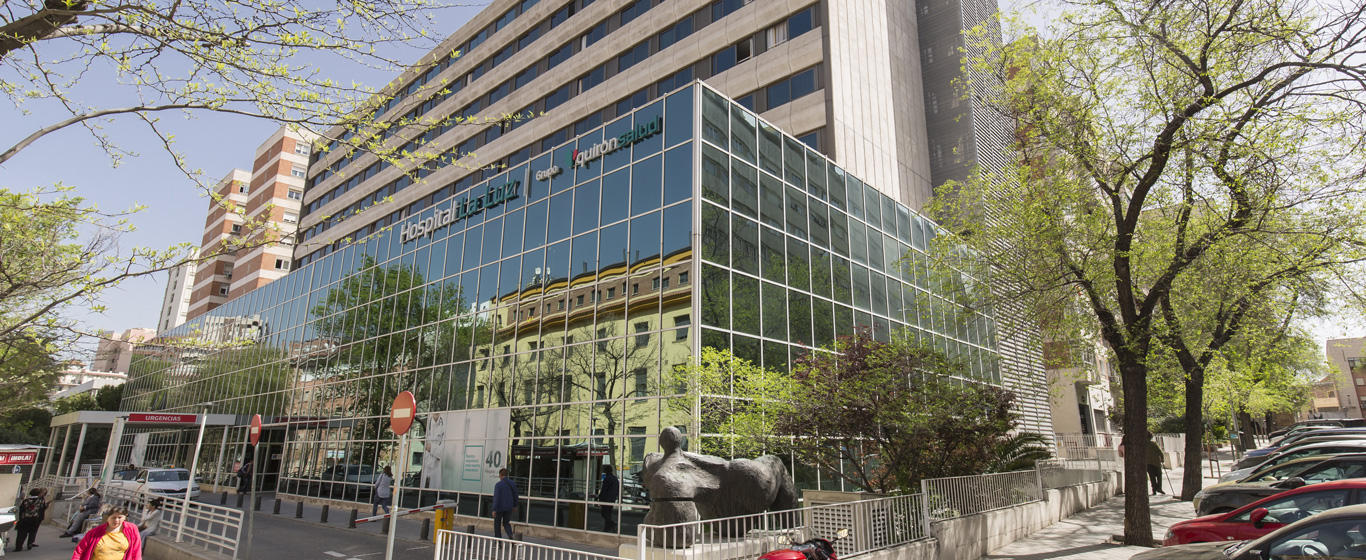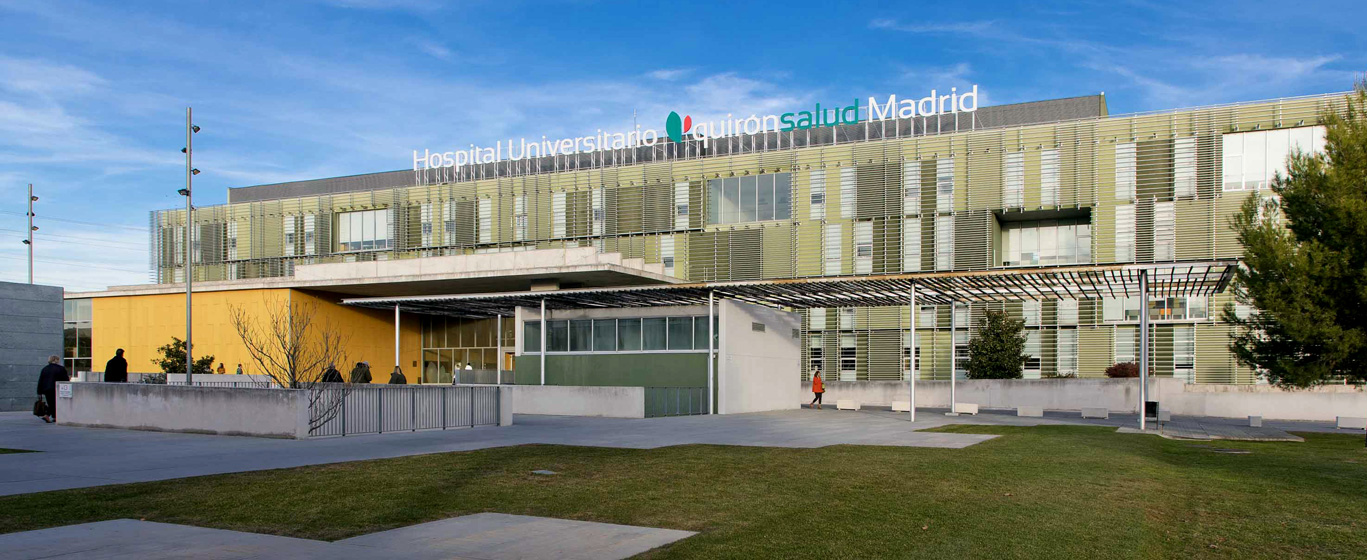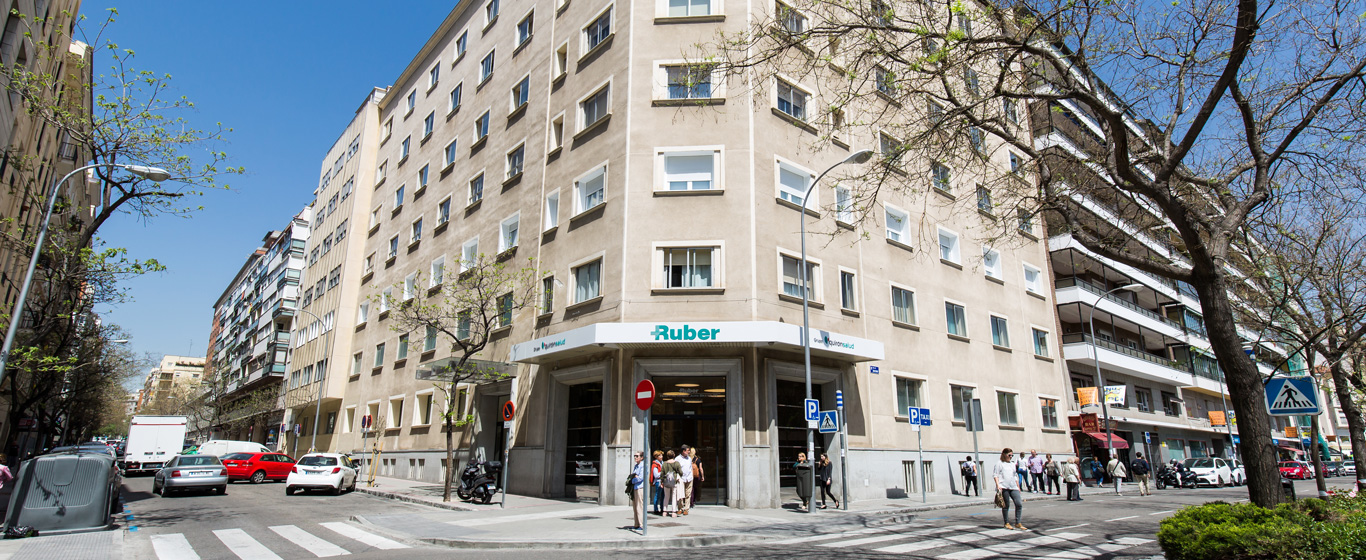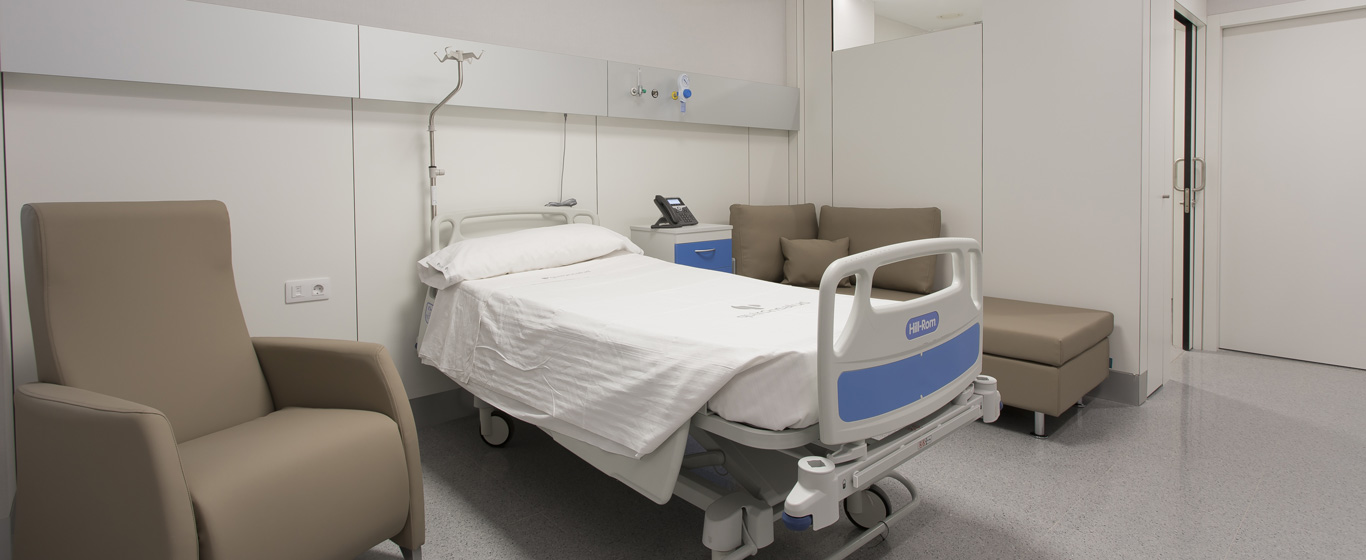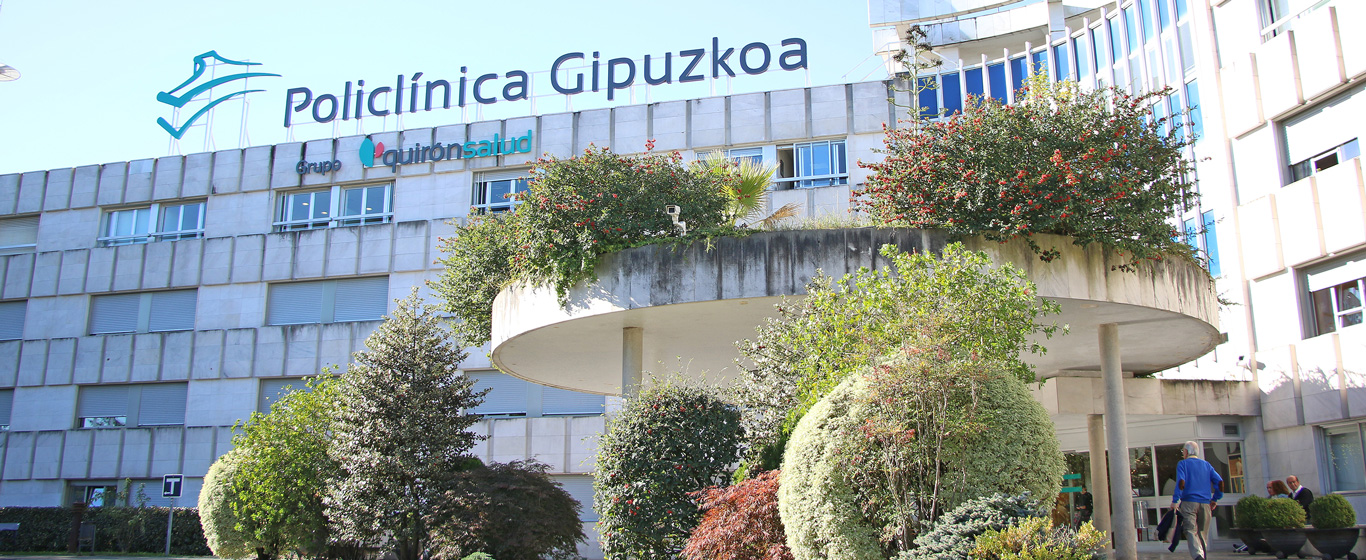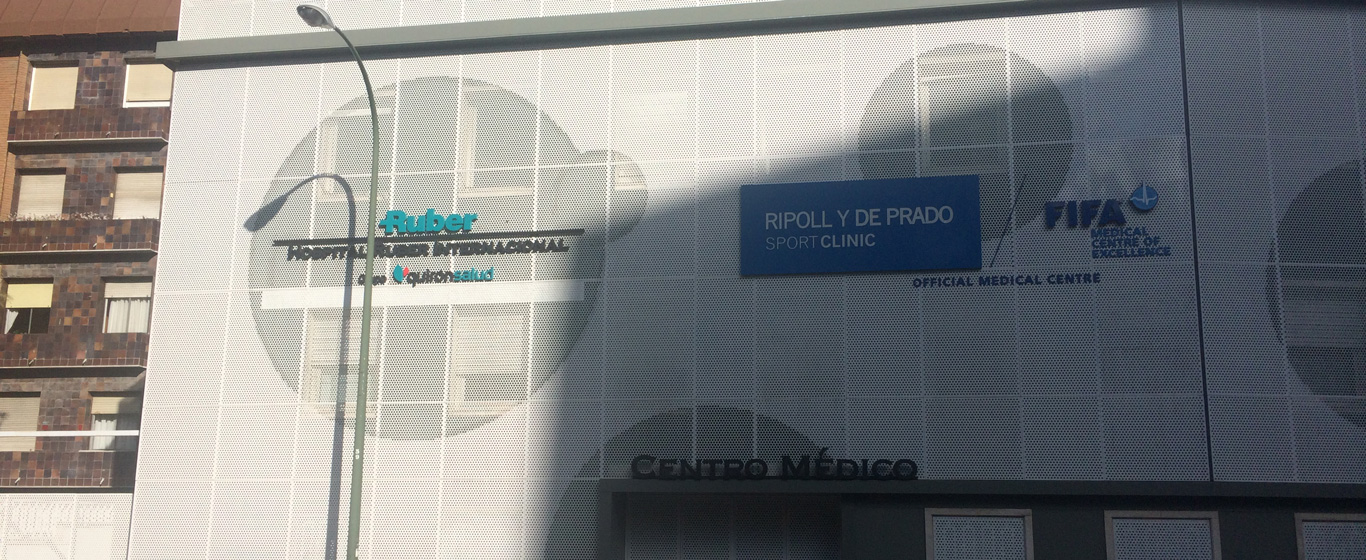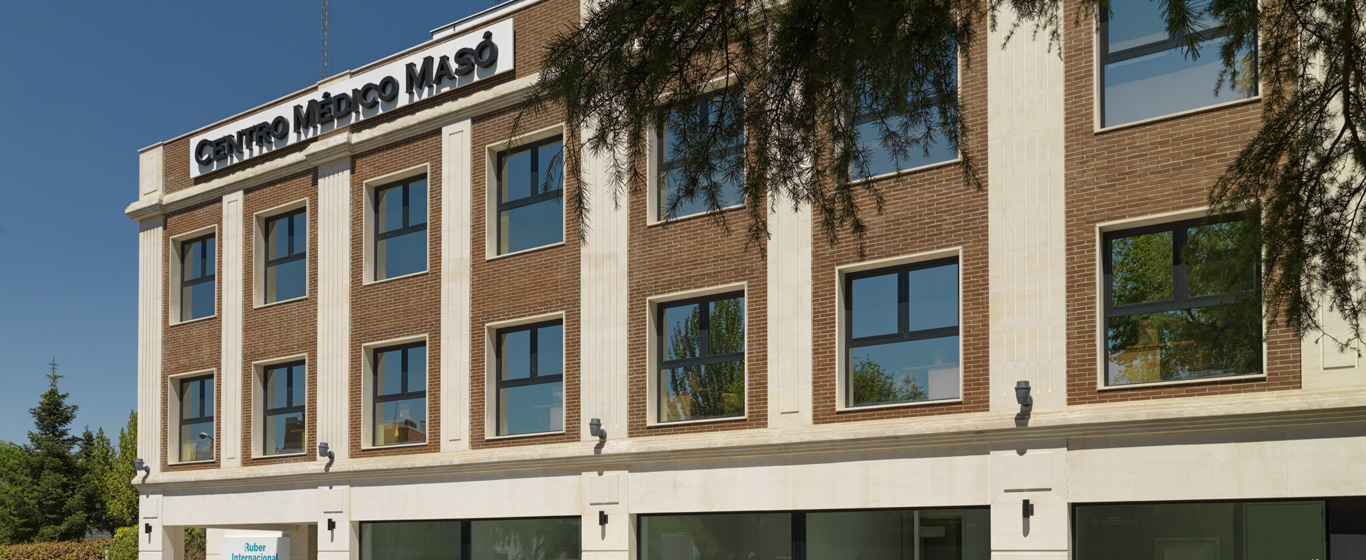Rheumatism
Information about the causes, symptoms, and treatments of rheumatic diseases.
Symptoms and Causes
Rheumatism, also called rheumatic disease, is the term commonly used to refer to a group of conditions that affect the musculoskeletal system (rheumatic diseases), that is, the bones, muscles, joints, tendons, ligaments, and connective tissue.
In ancient Greece, rheumatism was believed to result from an imbalance of the bodily humors described by Hippocrates (black bile, yellow bile, phlegm, and blood). Over time, it was considered a chronic disease that weakened the muscles and stiffened the joints. With advances in modern medicine, it was determined that the concept of rheumatism encompasses a wide variety of conditions with very different origins. The most notable include:
- Osteoarthritis: the most common joint disease. It causes degeneration of the articular cartilage, usually in the knee, hip, spine, or hands.
- Inflammatory arthritis: autoimmune conditions in which the body’s defense system attacks the joints.
- Rheumatoid arthritis: can affect any joint in the body.
- Spondyloarthritis: affects large joints and the spine.
- Juvenile idiopathic arthritis: occurs in children under sixteen years of age.
- Arthropathy associated with metabolic disorders: known as crystalline arthropathies because crystals accumulate in the joints. The most common is gout, caused by excess uric acid.
- Systemic autoimmune diseases: due to an excessive immune response, damage occurs in multiple organs as well as the joints.
- Systemic lupus erythematosus: affects the nervous system, skin, heart, lungs, kidneys, and blood.
- Scleroderma: causes hardening of the skin and internal organs.
- Polymyositis: causes muscle inflammation.
- Sjögren’s syndrome: produces dryness in the eyes and mouth.
- Soft tissue rheumatism: affects the soft components of the joints.
- Fibromyalgia: a generalized chronic syndrome.
- Tendinitis: inflammation of the tendons.
- Bursitis: swelling of the sacs containing synovial fluid.
- Osteoporosis: causes bone weakness.
Rheumatism is usually chronic and has no cure. The goal of treatment is to slow its progression and reduce symptoms to improve patients’ quality of life.
Symptoms
The symptoms traditionally associated with rheumatism are those common to most rheumatic diseases:
- Joint pain
- Swelling
- Redness of the affected area
- Stiffness
- Loss of mobility
The most frequent rheumatic conditions manifest as follows:
- Osteoarthritis: joint pain, stiffness, swelling, extreme sensitivity, bone spurs.
- Rheumatoid arthritis: joint inflammation, tenderness, warmth, stiffness, fatigue, joint deformity.
- Spondyloarthritis: lower back or gluteal pain, inflammation.
- Juvenile idiopathic arthritis: pain, swelling, stiffness, lymph node inflammation, fever.
- Gout: acute pain attacks, swelling of the big toe, redness.
- Systemic lupus erythematosus: fatigue, fever, pain and swelling in hand, foot, elbow, wrist, and knee joints.
- Scleroderma: joint pain, stiffness, contractures.
- Polymyositis: pain, stiffness, muscle weakness in shoulders, hips, and thighs.
- Sjögren’s syndrome: dry eyes and mouth, joint pain, swelling, joint stiffness.
- Fibromyalgia: widespread pain, chronic fatigue, difficulty concentrating, poor attention.
- Tendinitis: pain, inflammation, increased sensitivity, heat radiating, joint blockage.
- Bursitis: pain when moving the joint, swelling, redness, stiffness.
- Osteoporosis: bone pain, increased risk of fractures, vertebral compression.
Causes
Just like symptoms, the causes of rheumatism vary widely depending on the type of disease:
- Osteoarthritis: caused by gradual joint degeneration.
- Inflammatory arthritis: the immune system incorrectly attacks healthy tissues.
- Arthropathy associated with metabolic disorders: metabolic disturbances cause crystals from waste substances to accumulate in the joints.
- Systemic autoimmune diseases: the immune system fails due to a combination of genetic and environmental factors, such as excessive sun exposure or certain infections.
- Soft tissue rheumatism: usually occurs due to joint overuse or trauma.
- Osteoporosis: associated with aging, appearing after age 35. Causes include decreased estrogen levels in women during menopause, genetic predisposition, low calcium and vitamin D levels, smoking, or sedentary lifestyle.
Risk Factors
Although risk factors for rheumatism differ for each disease, the most common are:
- Sex: women are more susceptible to rheumatic diseases.
- Genetic predisposition
- Smoking
- Obesity
- Previous joint injuries or surgeries
- Excessive joint use
- High-impact sports
- Diet low in calcium and vitamin D or high in uric acid
Complications
Rheumatic diseases can cause a wide range of complications, such as:
- Irreversible joint damage
- Loss of mobility
- Chronic pain
- Fractures
- Arteriosclerosis: thickening and hardening of the arteries, which impedes blood flow. May lead to heart failure, myocardial infarction, or stroke.
- Pulmonary fibrosis: scarring of lung tissue, causing breathing difficulties.
- Kidney failure: loss of the kidneys’ ability to filter blood.
- Severe dry eyes
- Corneal damage
Prevention
In most cases, rheumatism cannot be prevented. However, its progression can be slowed or symptoms reduced through healthy lifestyle habits:
- Maintain a healthy weight
- Follow a balanced diet
- Perform regular moderate exercise, avoiding repetitive or high-impact sports. Swimming and yoga are particularly beneficial.
- Use protective measures if repetitive joint use is necessary
- Maintain good posture
- Quit smoking
- Avoid alcohol consumption
Which doctor treats rheumatism?
Rheumatism is a condition managed by specialists in rheumatology.
Diagnosis
The most common tests to diagnose different types of rheumatism are:
- Medical history: considers family and personal medical history, lifestyle, and symptoms.
- Physical examination: joints are observed, palpated, and moved to evaluate pain, inflammation, and range of motion. The condition of mucous membranes and skin is also assessed.
- Blood tests: detect inflammation or proteins produced by the immune system attacking the body’s own tissues. Levels of uric acid, kidney function, and liver function are also checked.
- X-rays: help detect joint erosions, cartilage deterioration, or osteophyte formation (bone spurs).
- Magnetic resonance imaging (MRI): provides more detailed images than X-rays, detecting early-stage inflammation.
- Ultrasound: visualizes tendons, bursae, and synovial membrane.
- Bone densitometry: measures bone density to assess fracture risk in osteoporosis.
- Synovial fluid analysis: identifies the cause of joint inflammation or the presence of uric acid crystals.
Treatment
Rheumatism treatment is determined after a detailed assessment of the patient’s characteristics and the type of rheumatic disease, as each requires a different approach. As mentioned, the focus is on symptom relief, as there is no definitive cure.
The most common therapies include:
- Lifestyle changes: avoid overweight, follow a balanced diet, and practice regular low-impact exercise.
- Oral medication: analgesics, anti-inflammatory drugs, antirheumatic drugs, biologic therapies, corticosteroids.
- Injections: drugs are injected directly into the joint, typically corticosteroids to reduce inflammation or hyaluronic acid to improve lubrication.
- Rehabilitation: occupational therapy and physiotherapy maintain function and restore joint mobility.
- Arthroplasty: surgery is the last resort, performed when the joint is severely damaged and symptoms are intense. These procedures involve partial or total replacement of the affected joint with a prosthesis.






